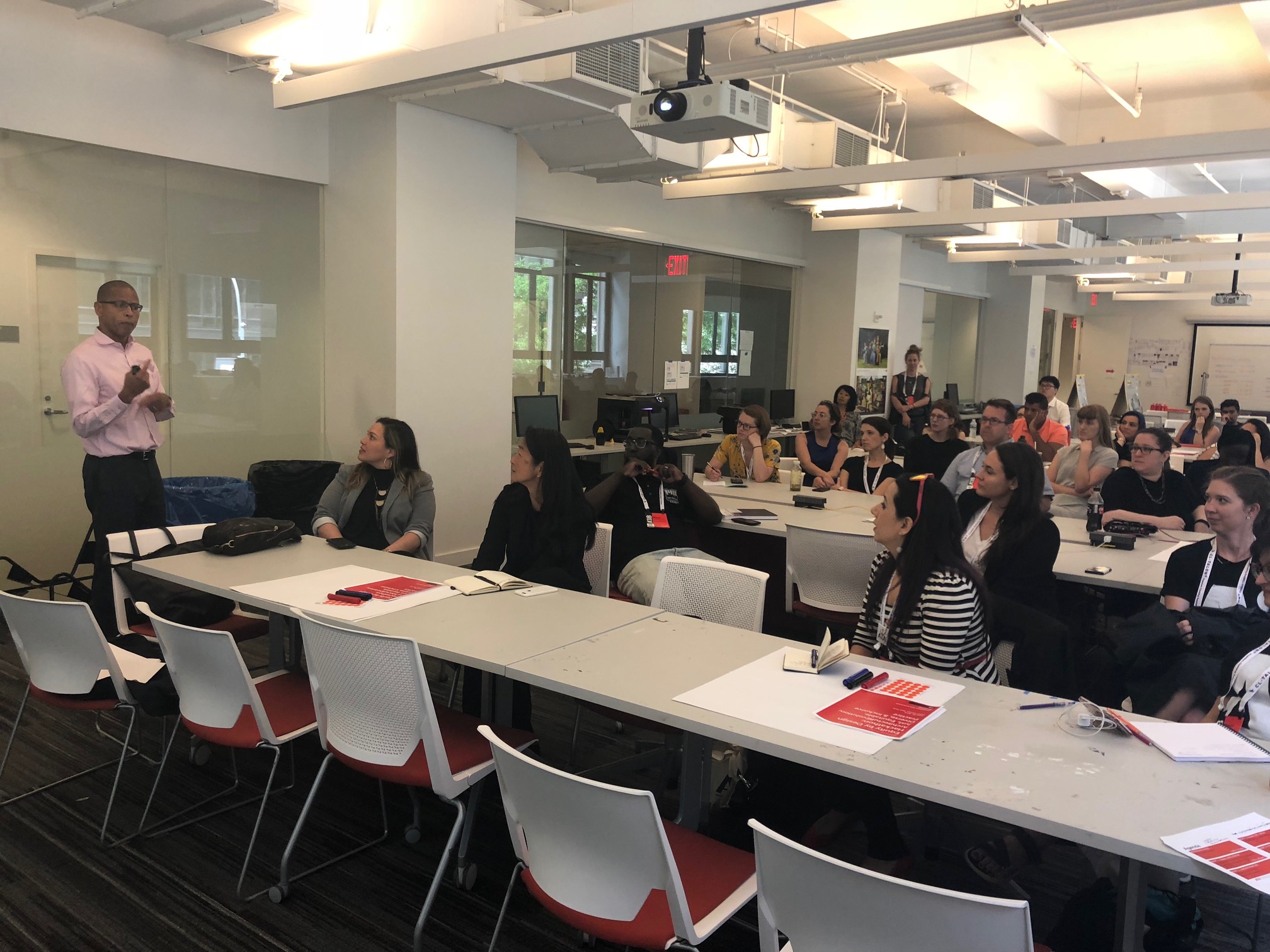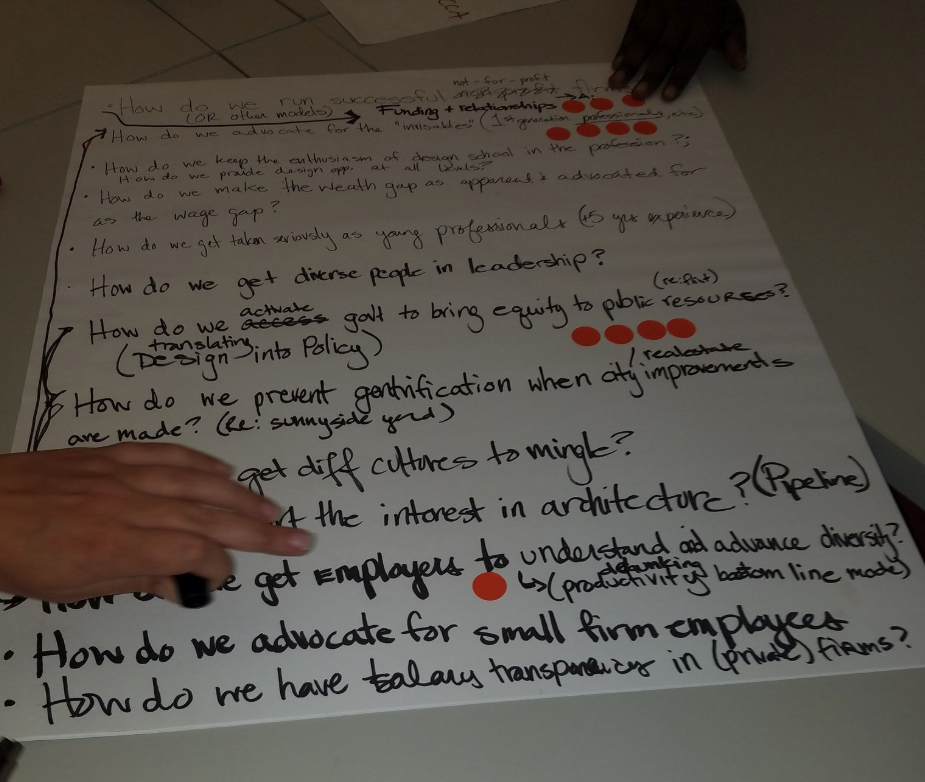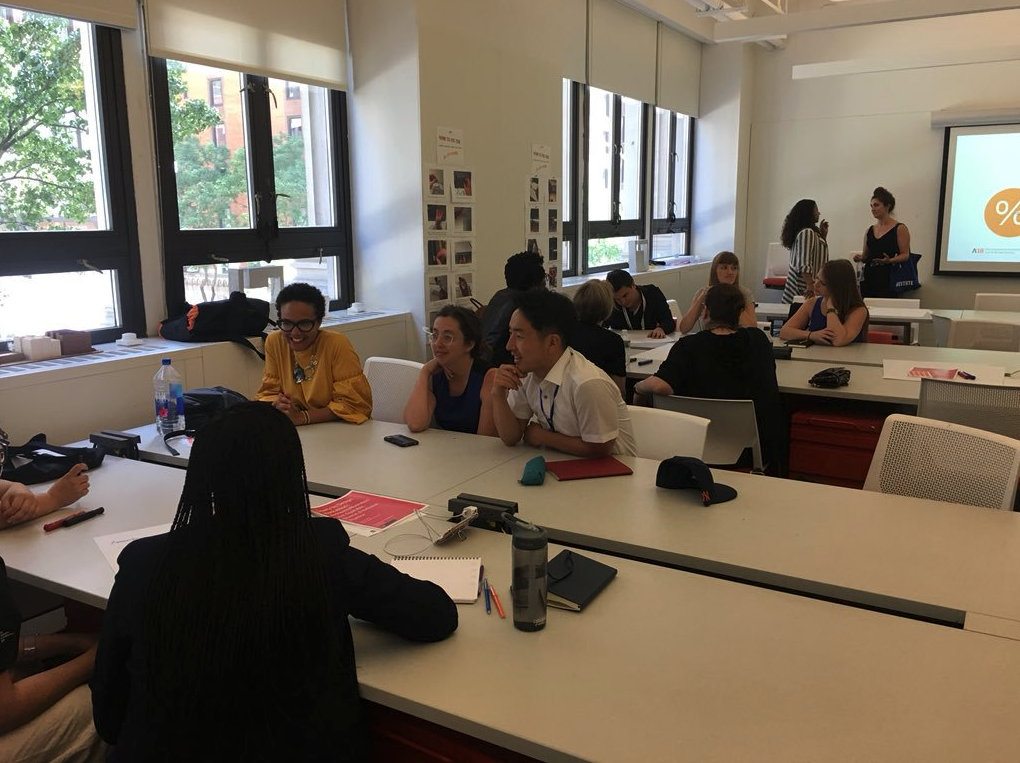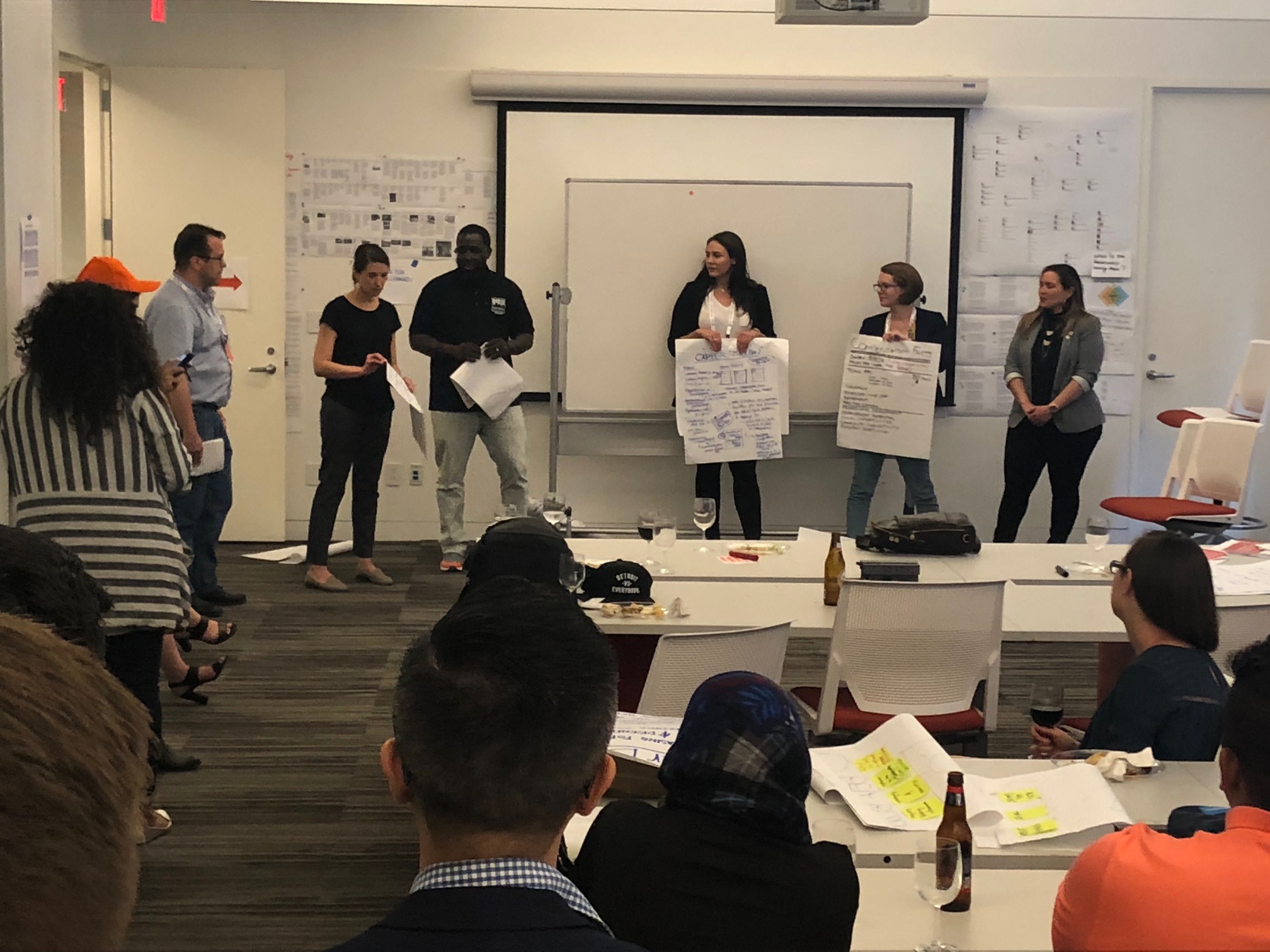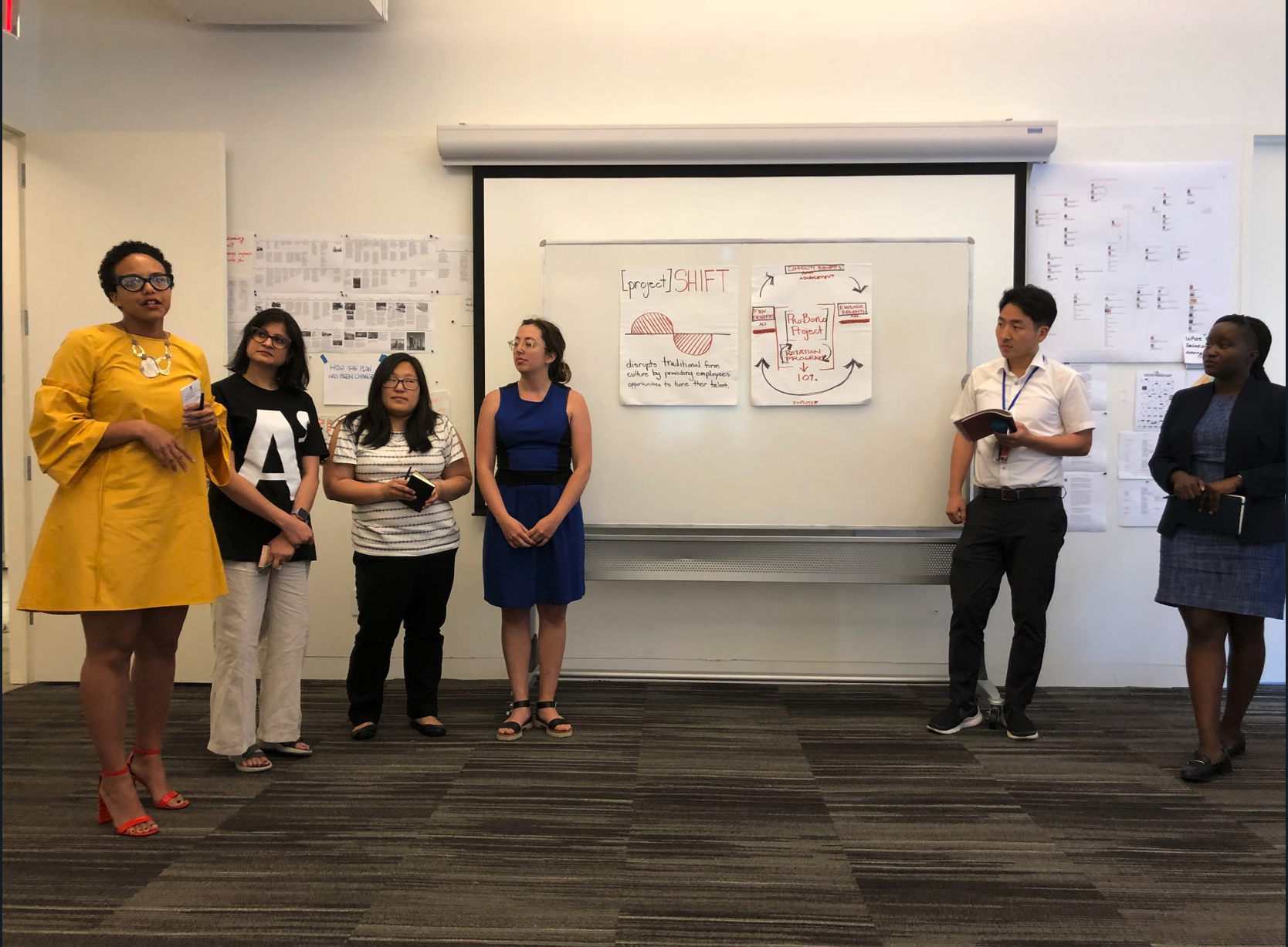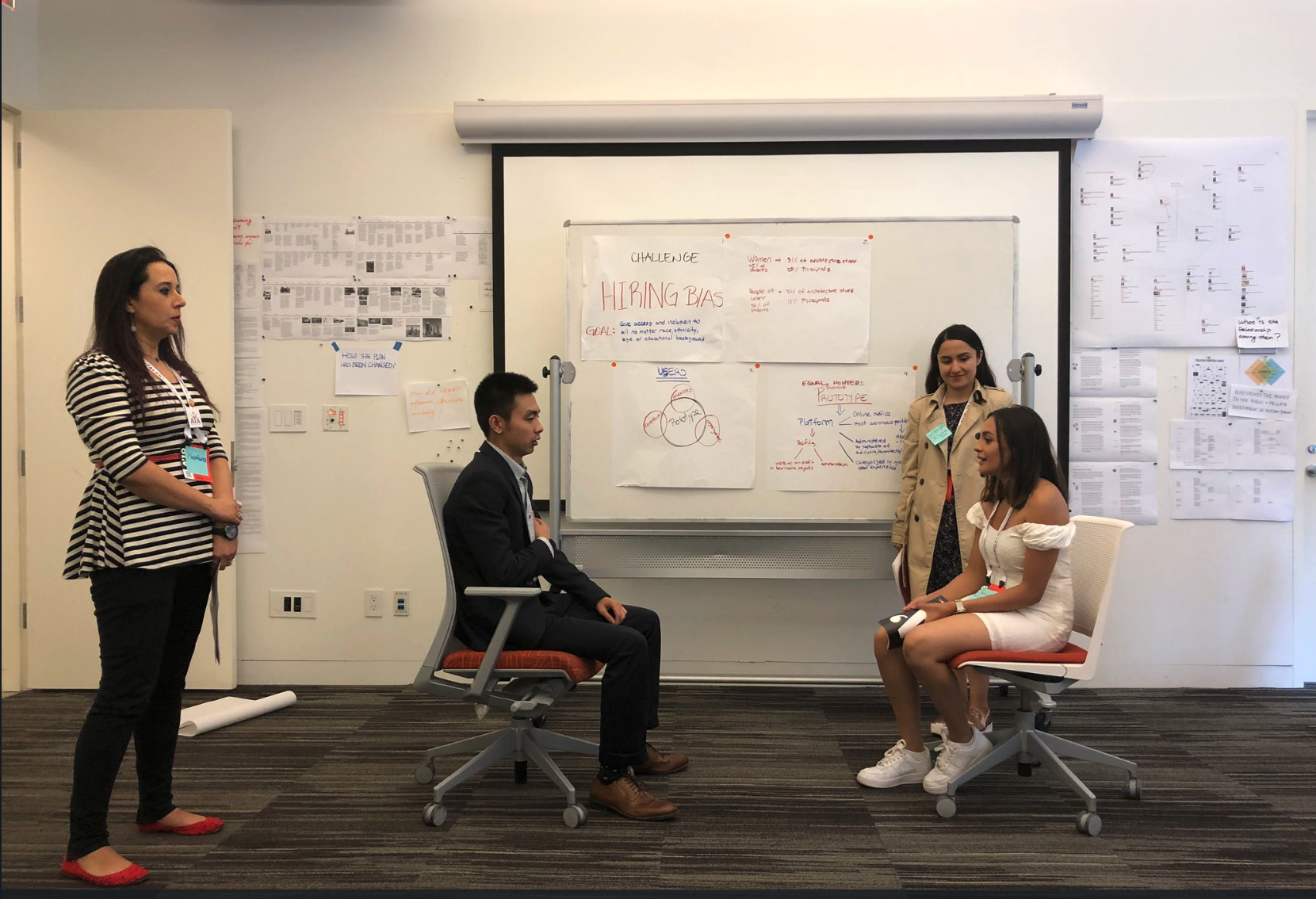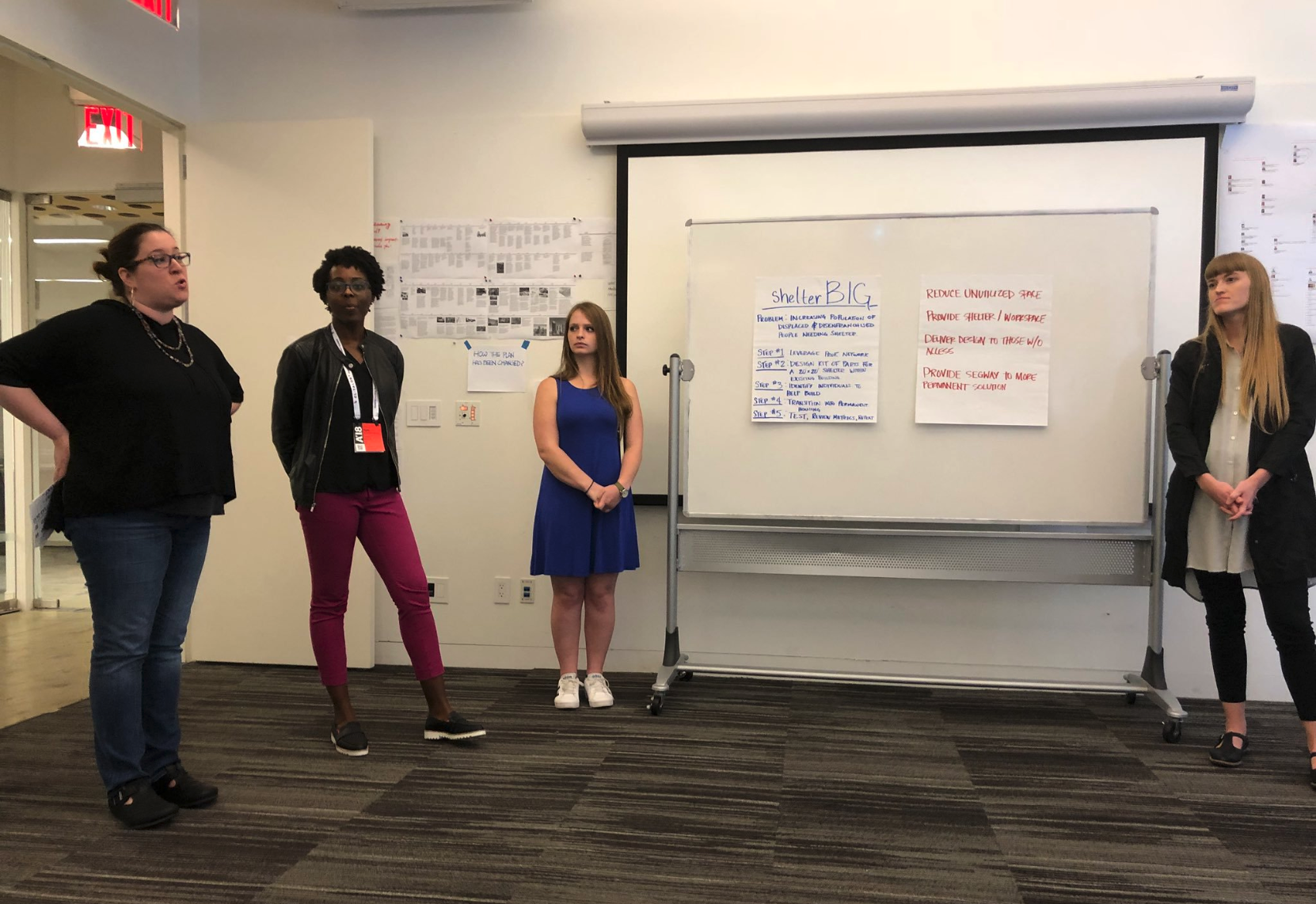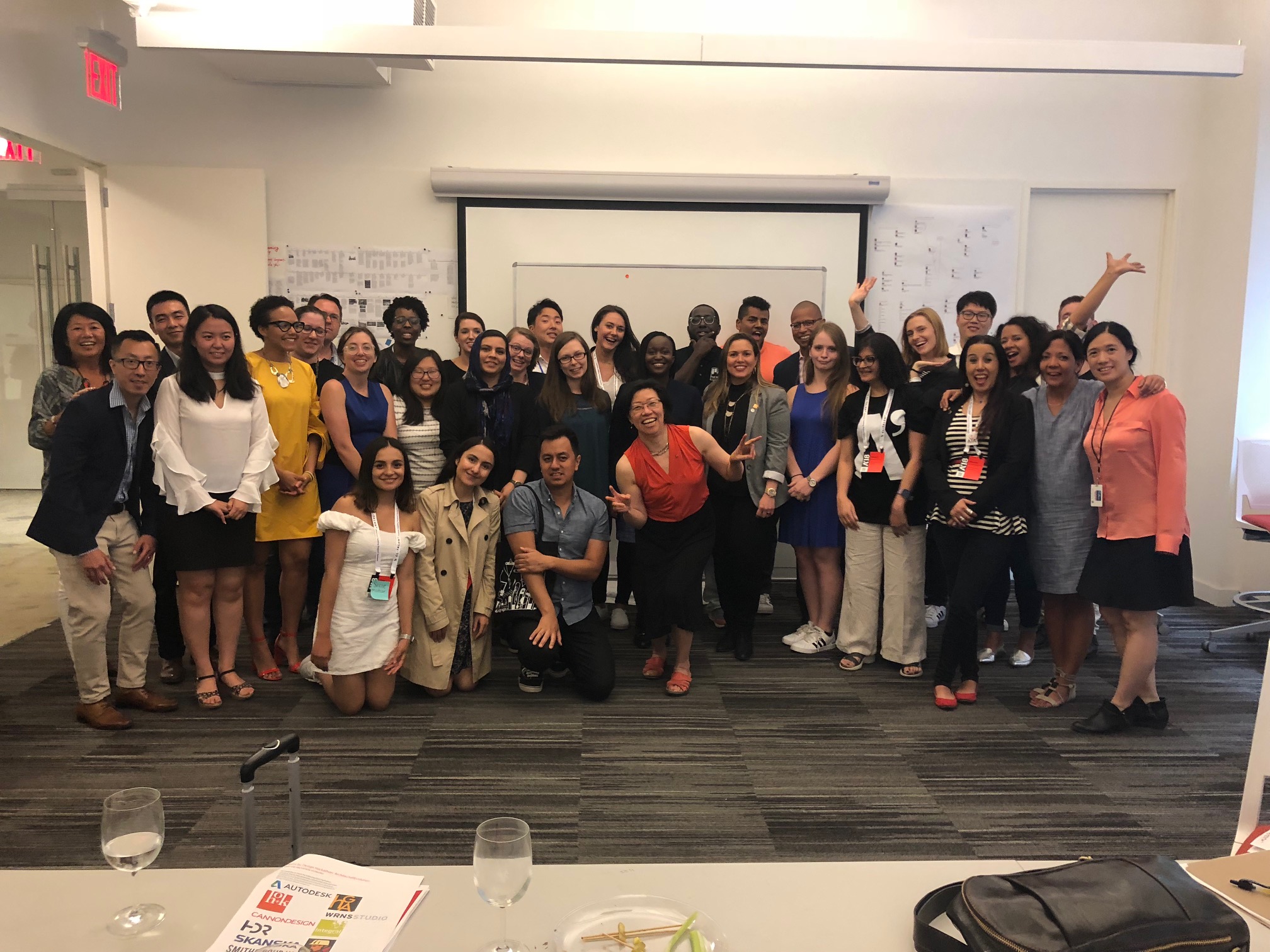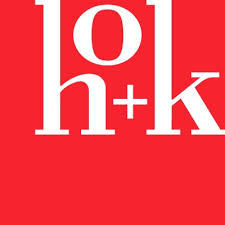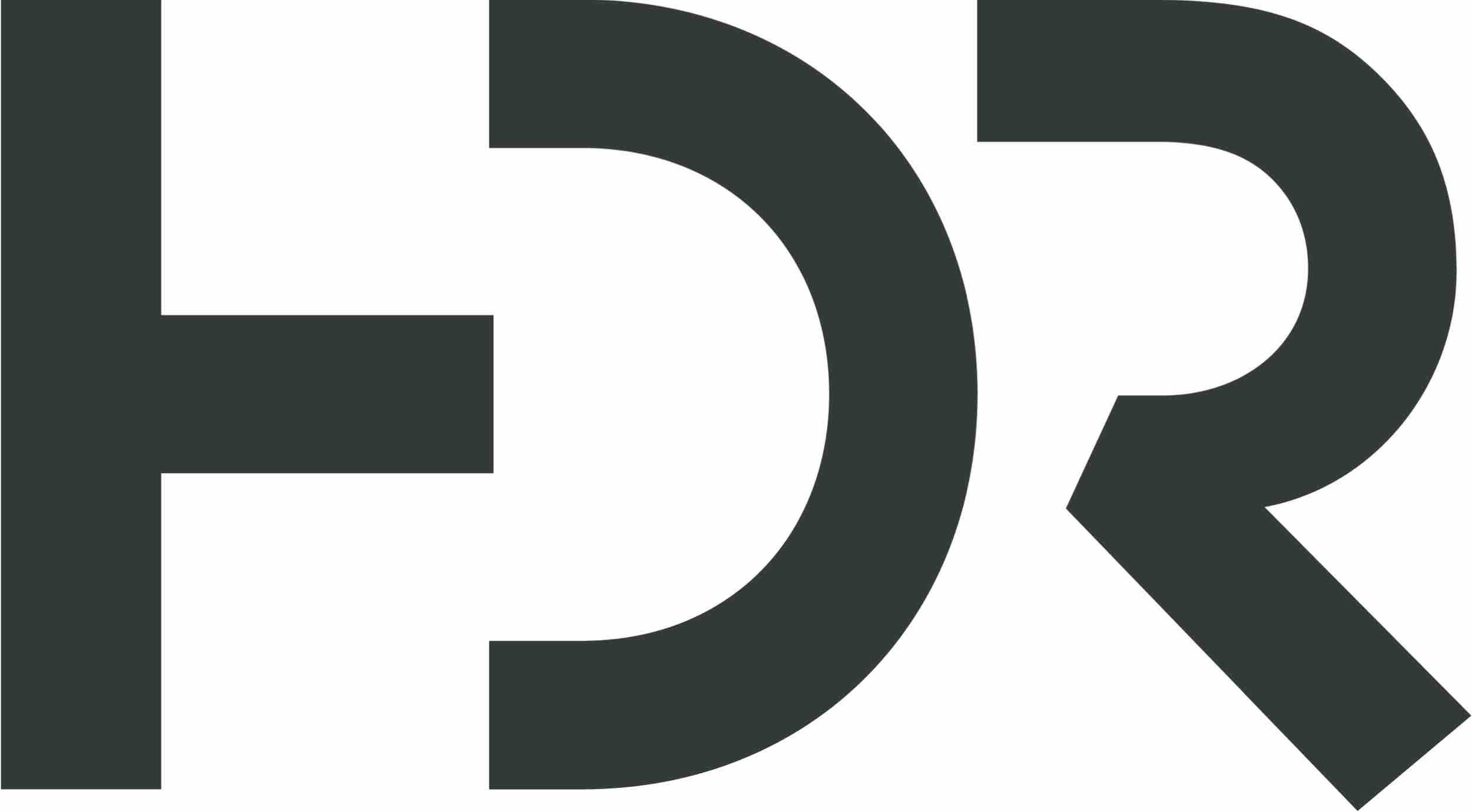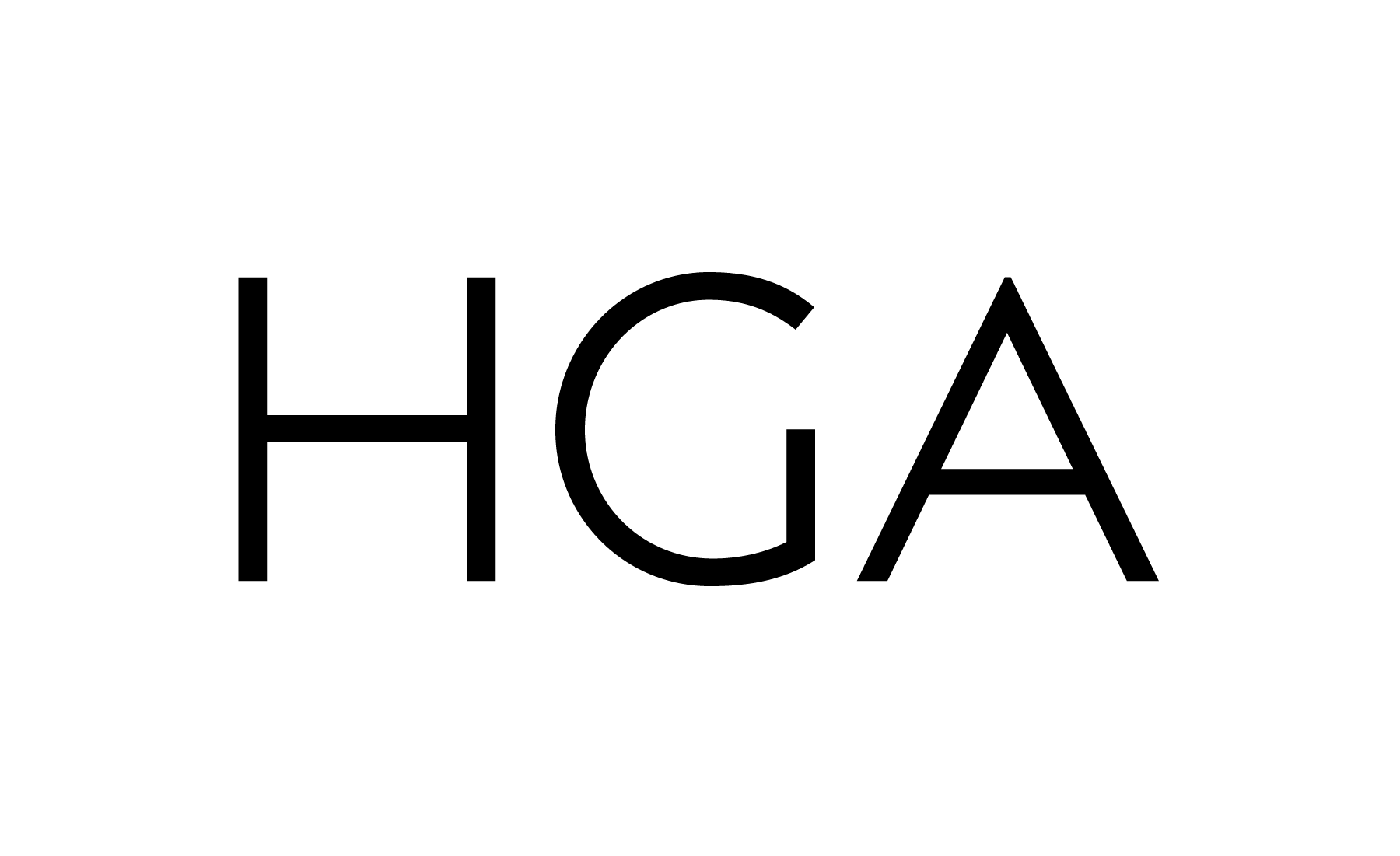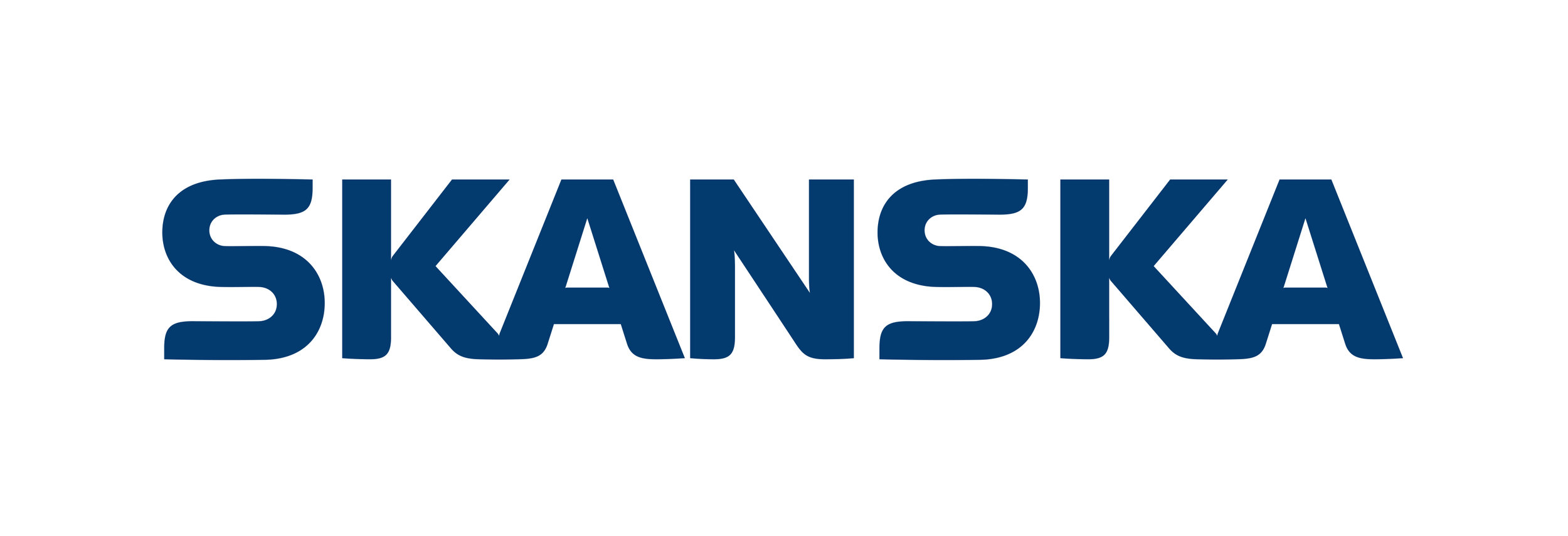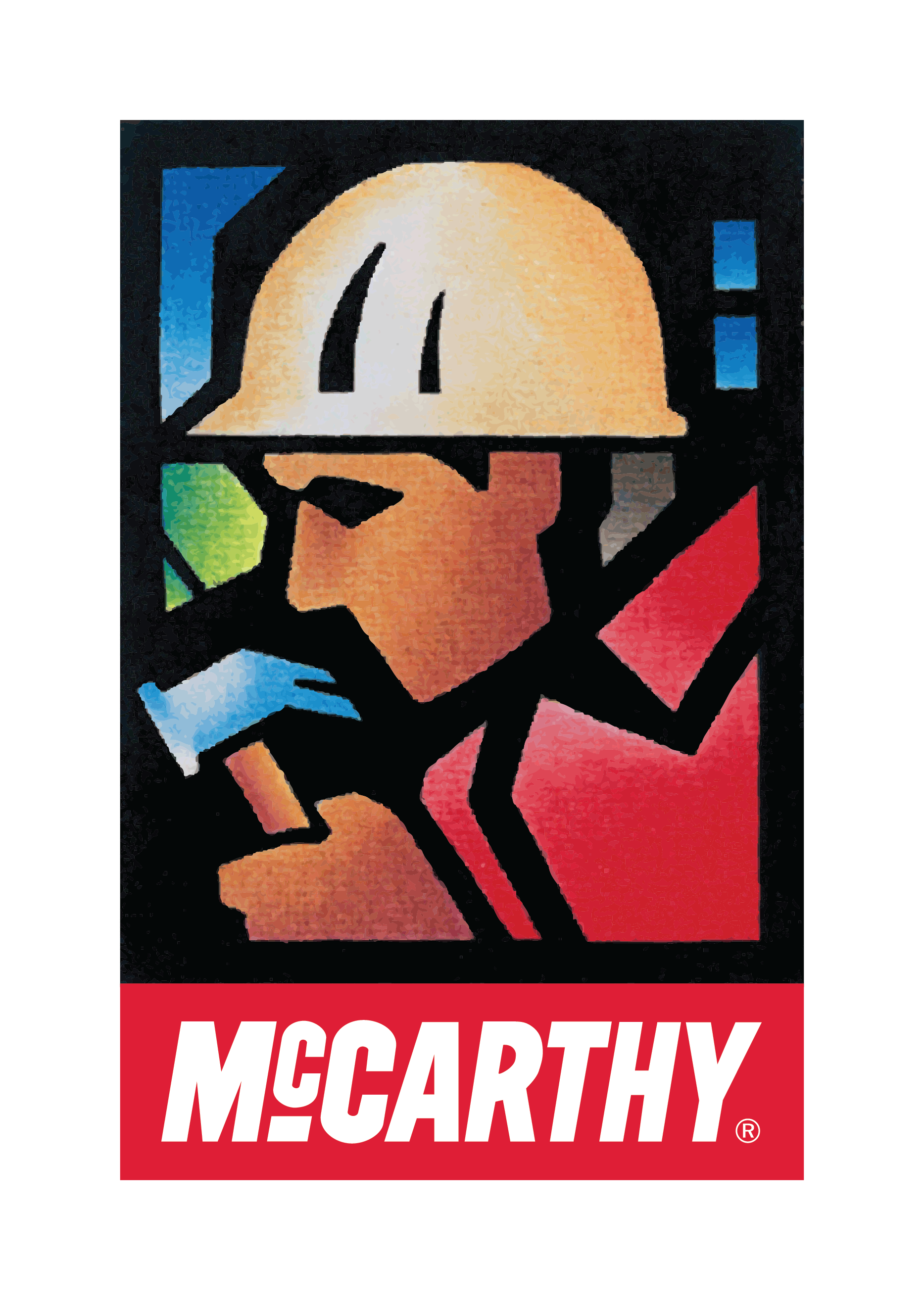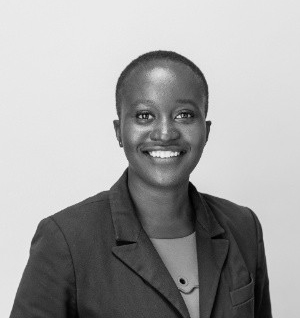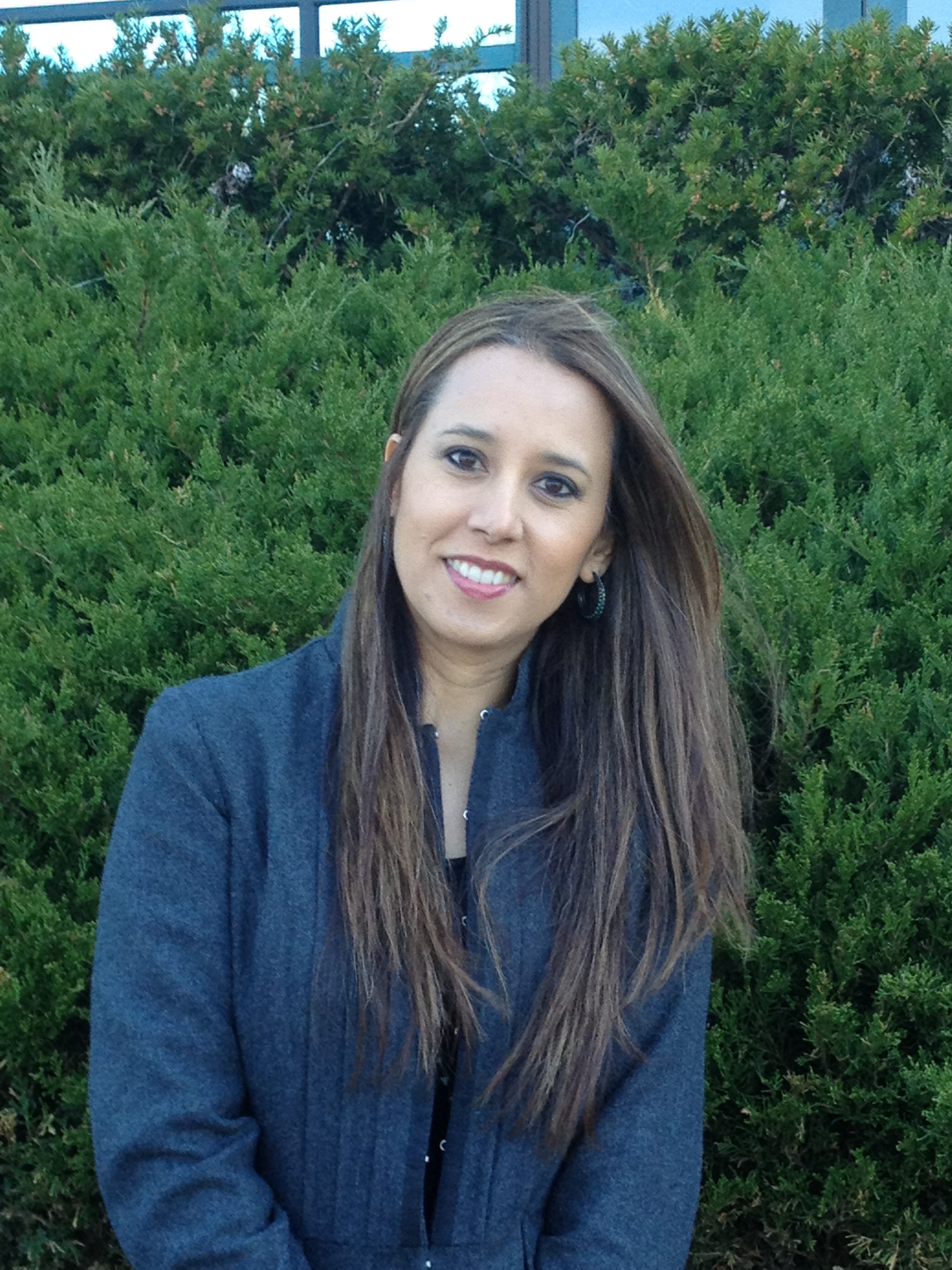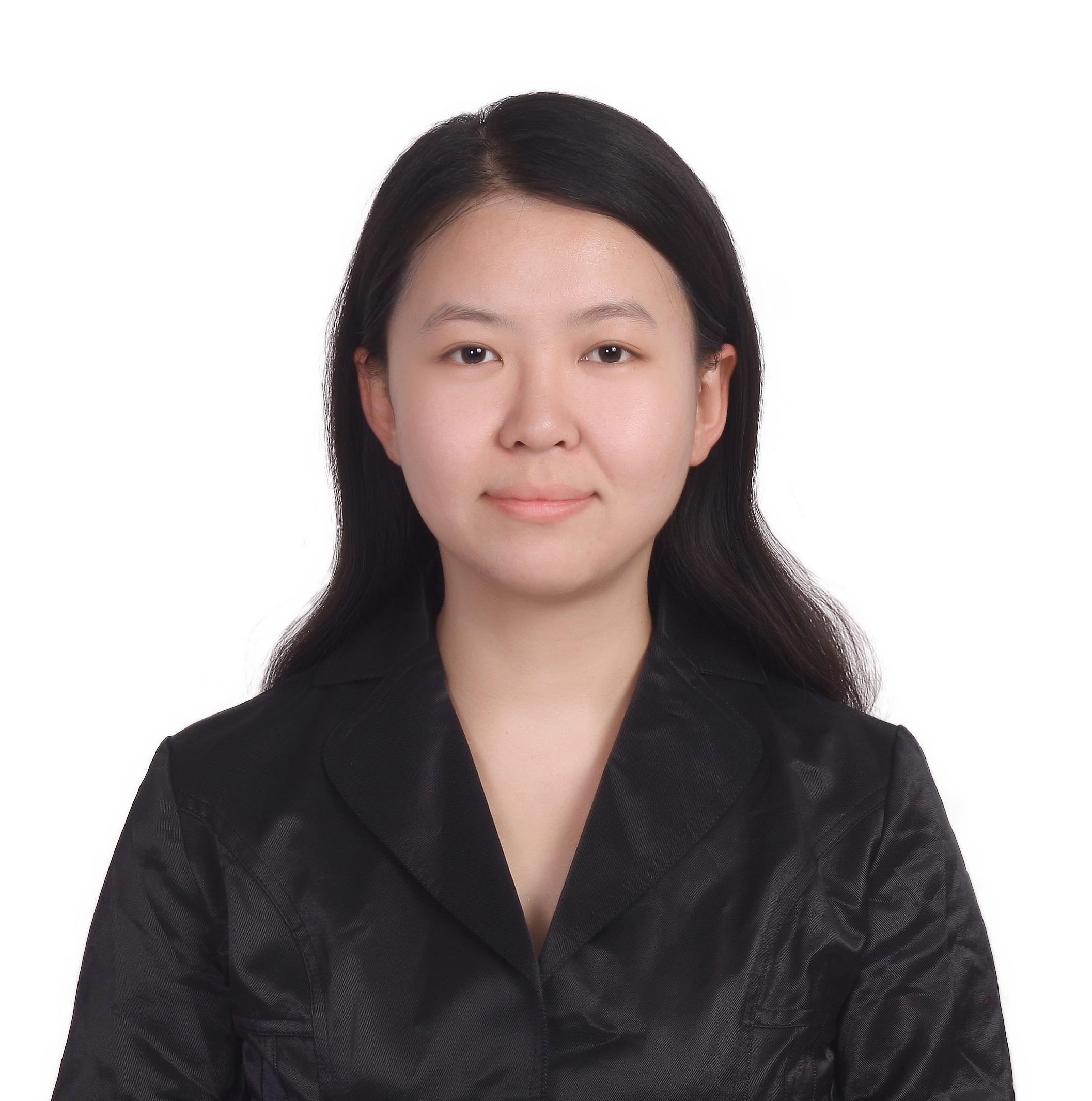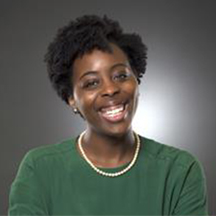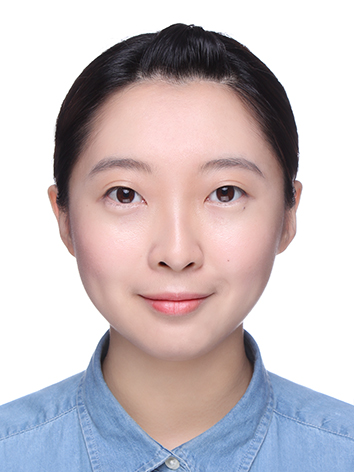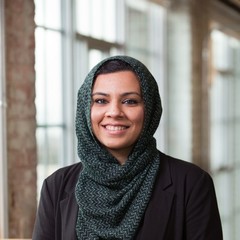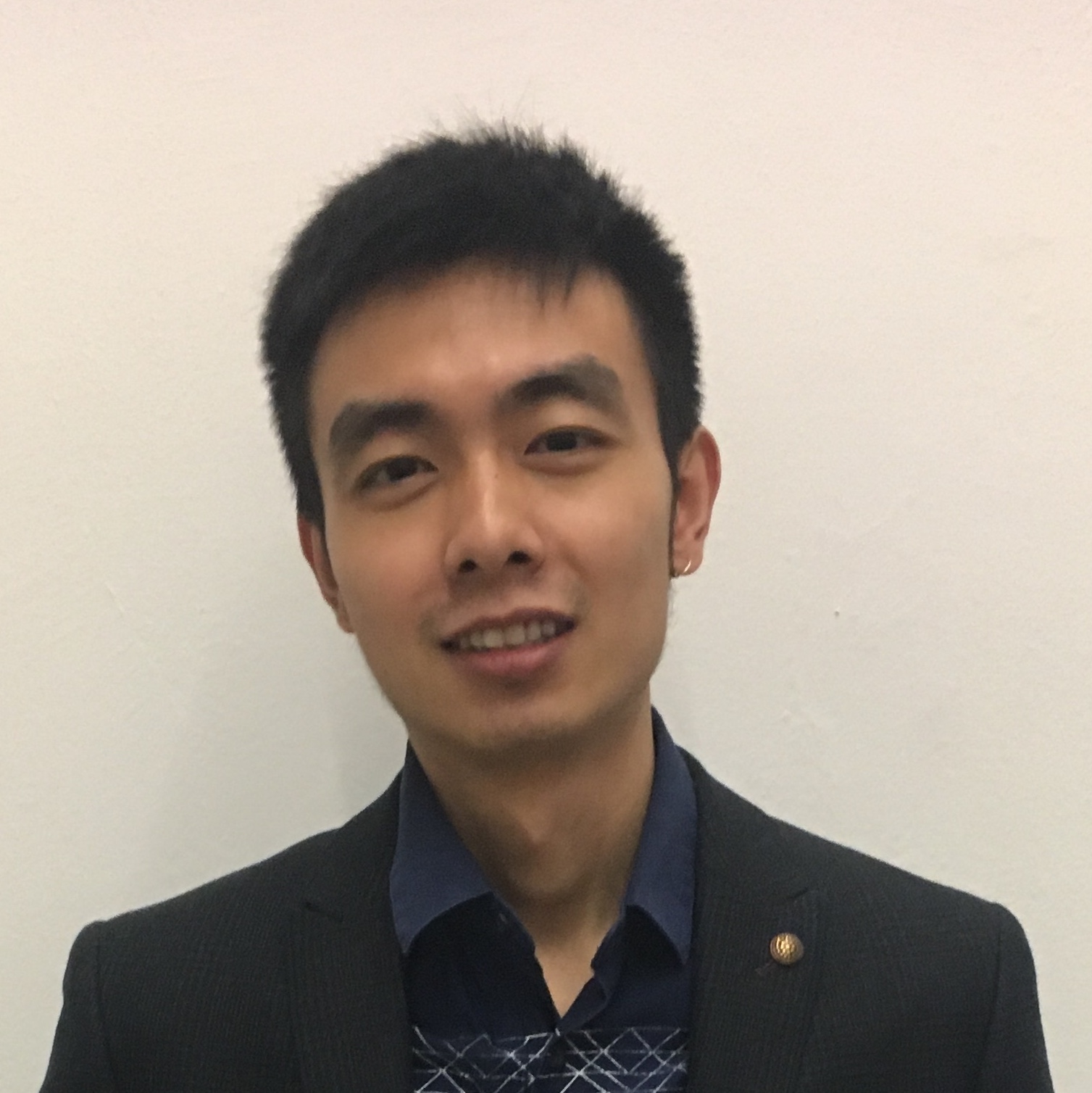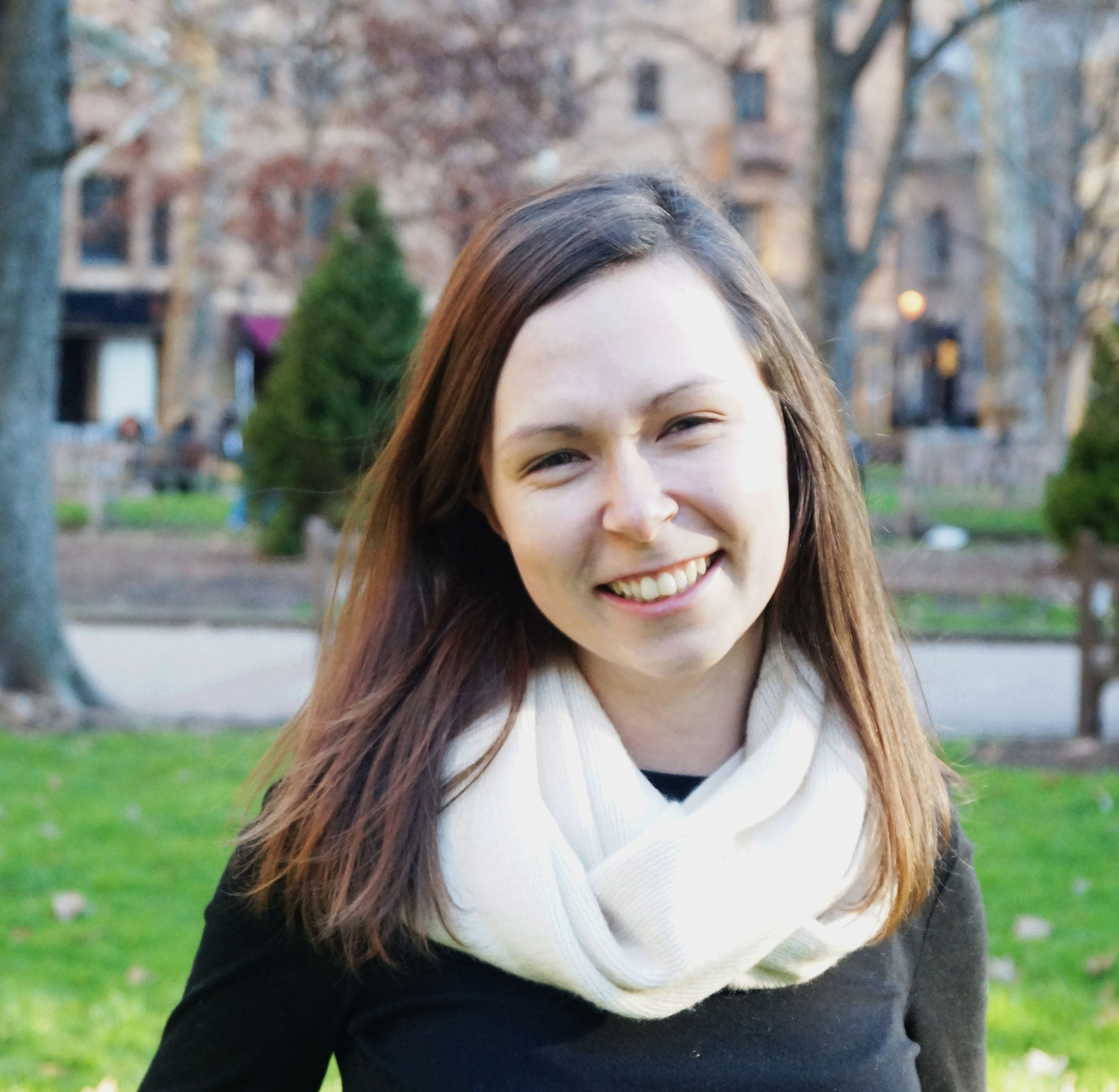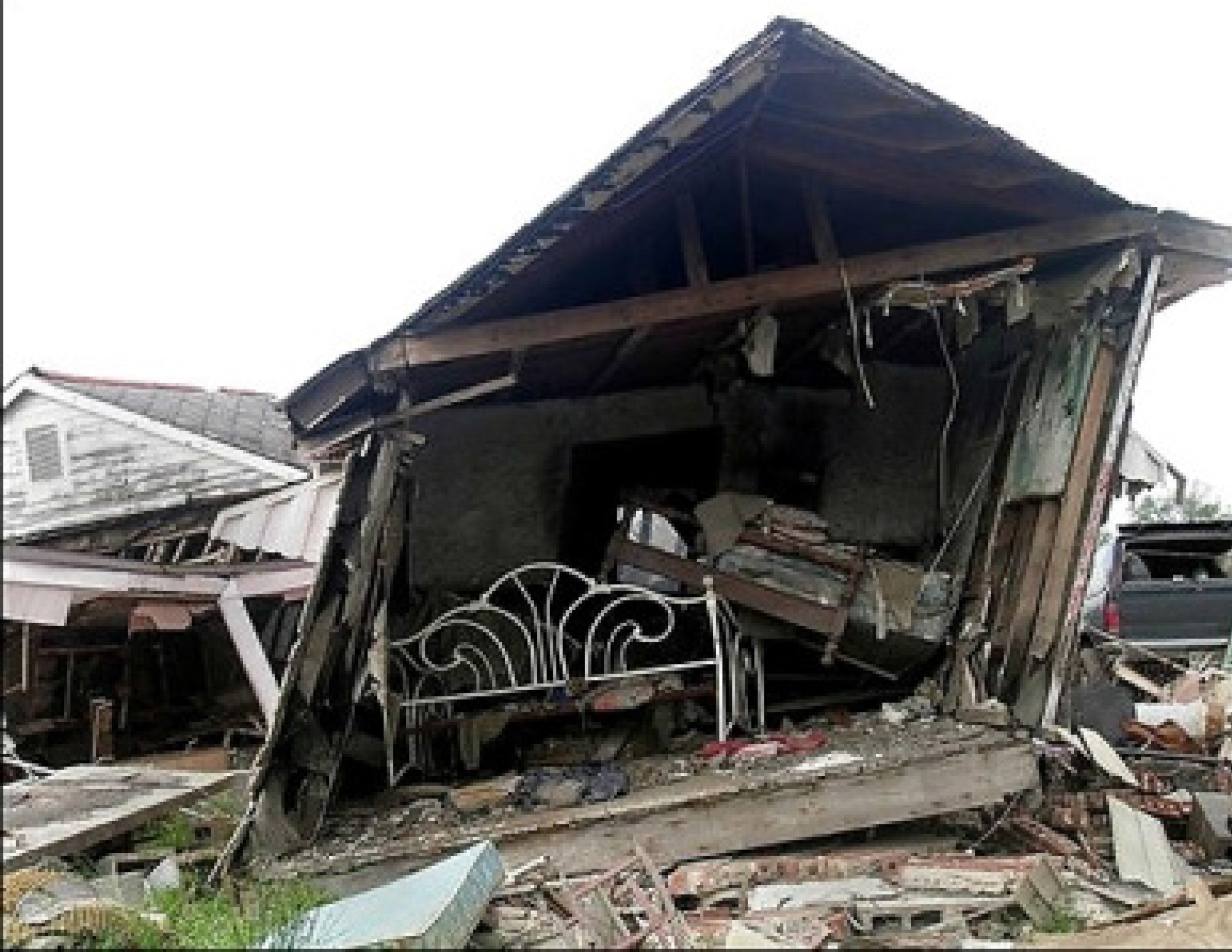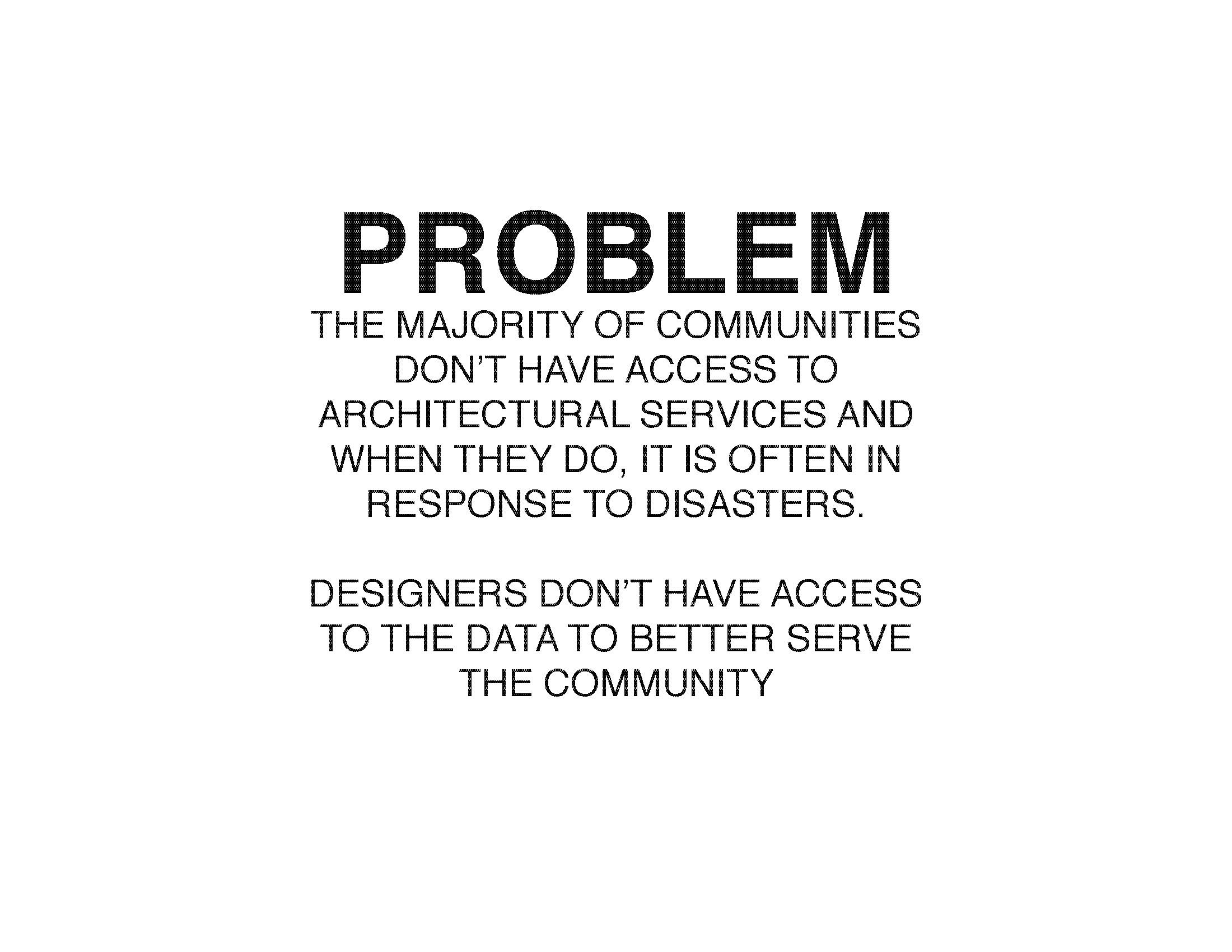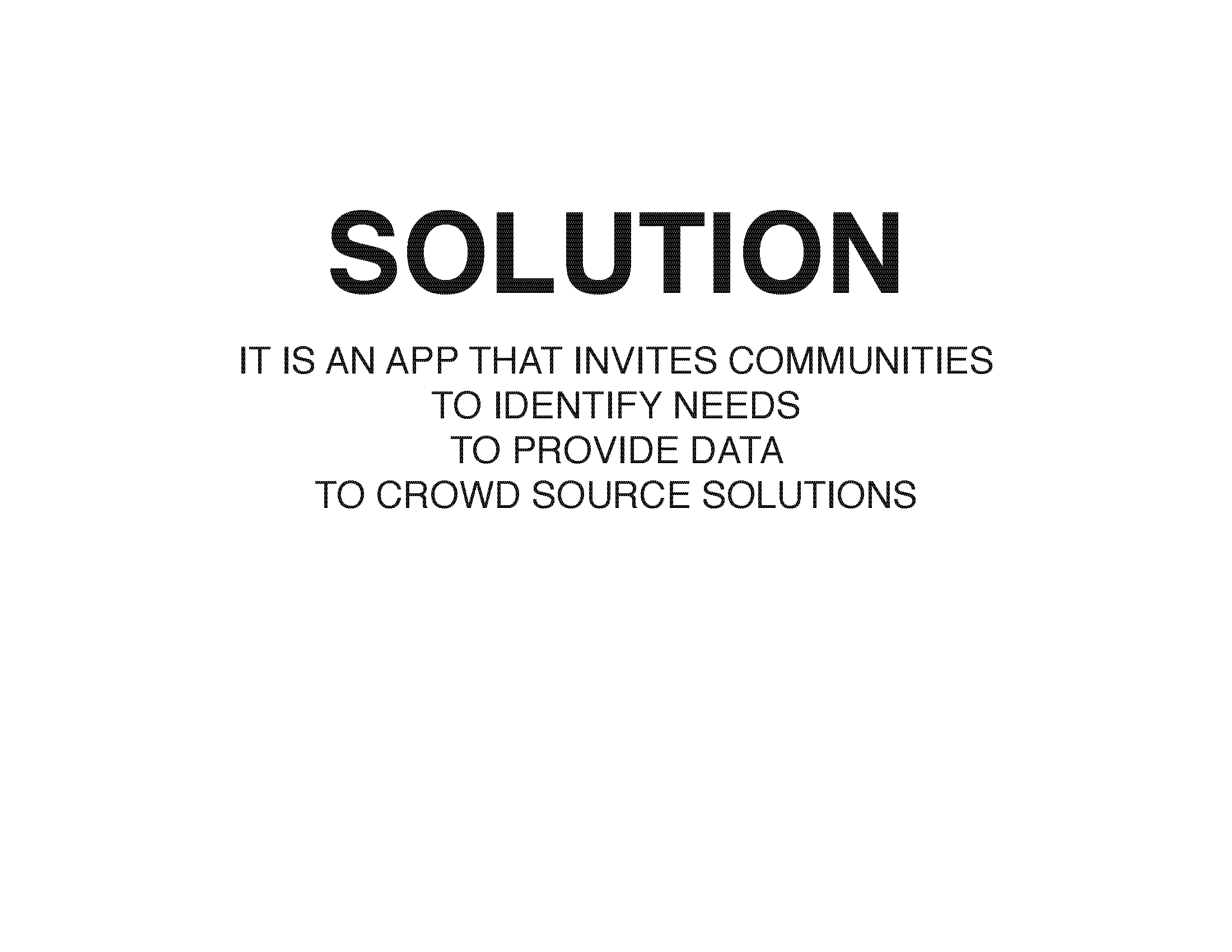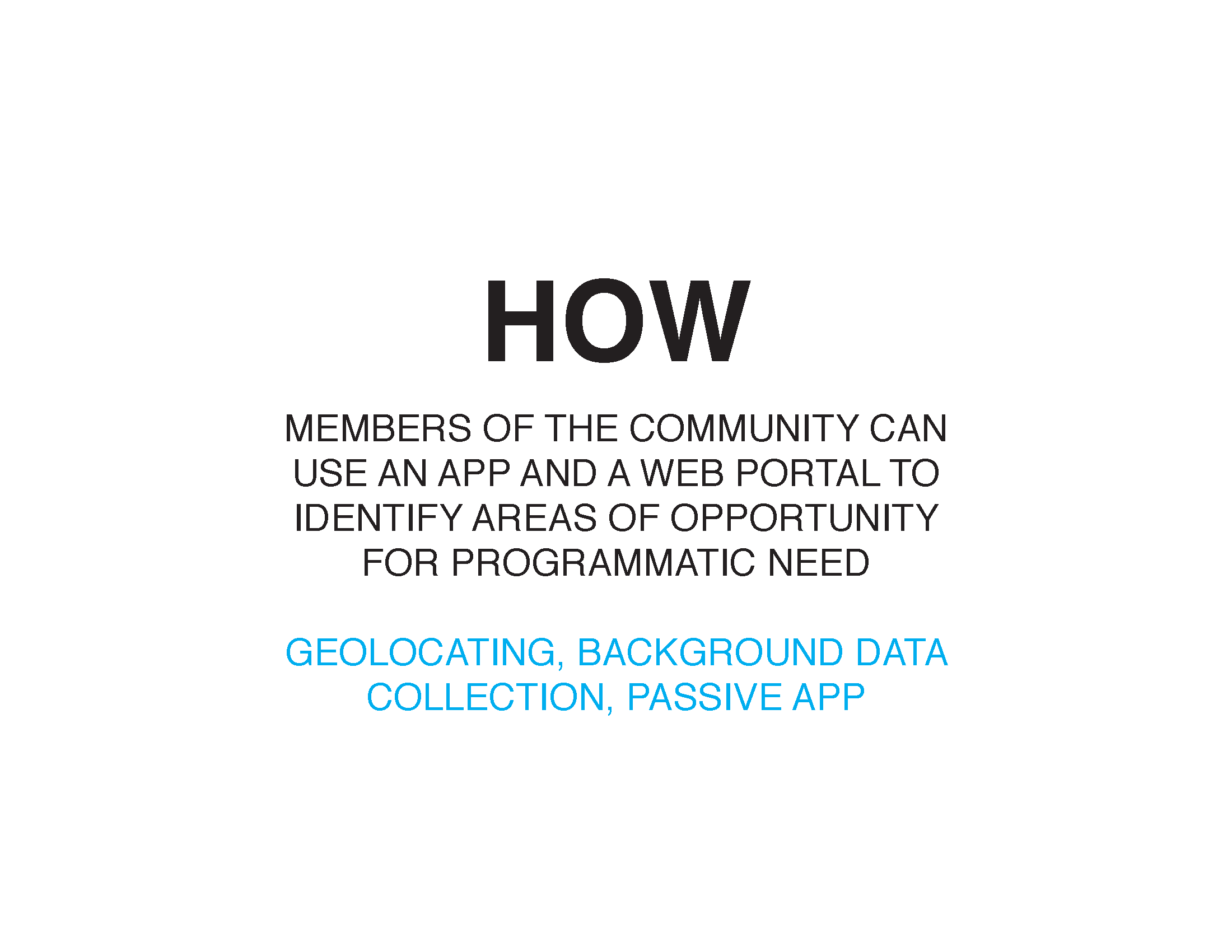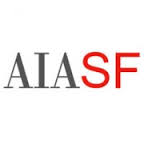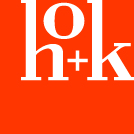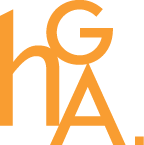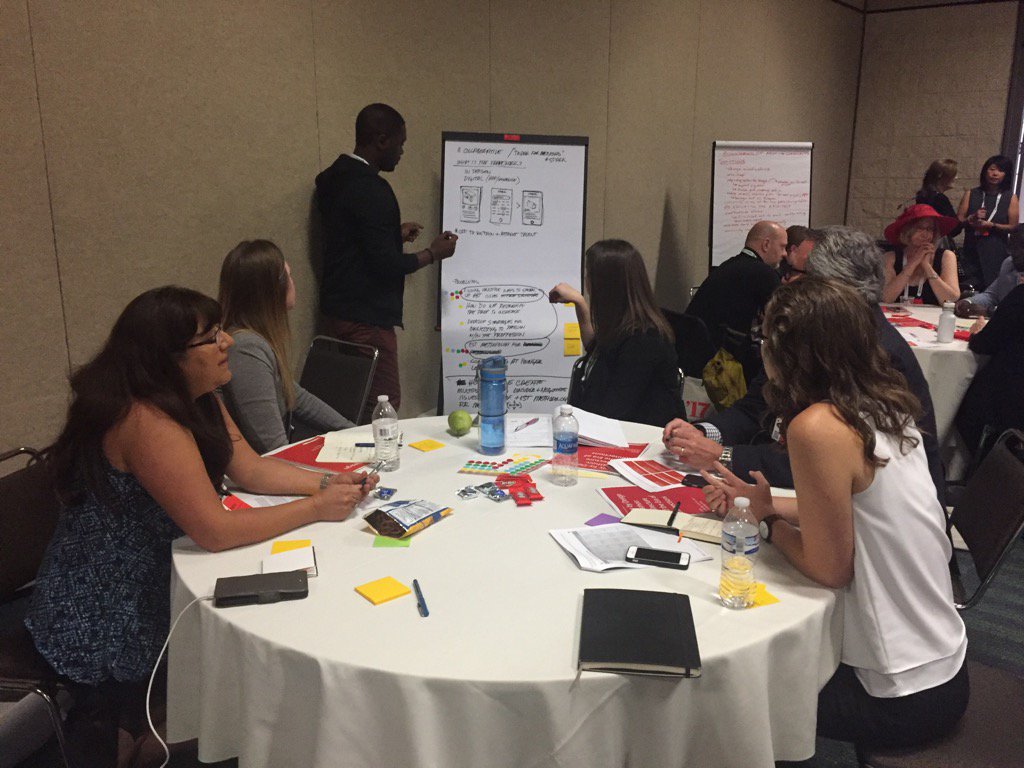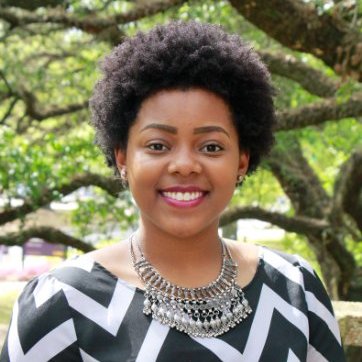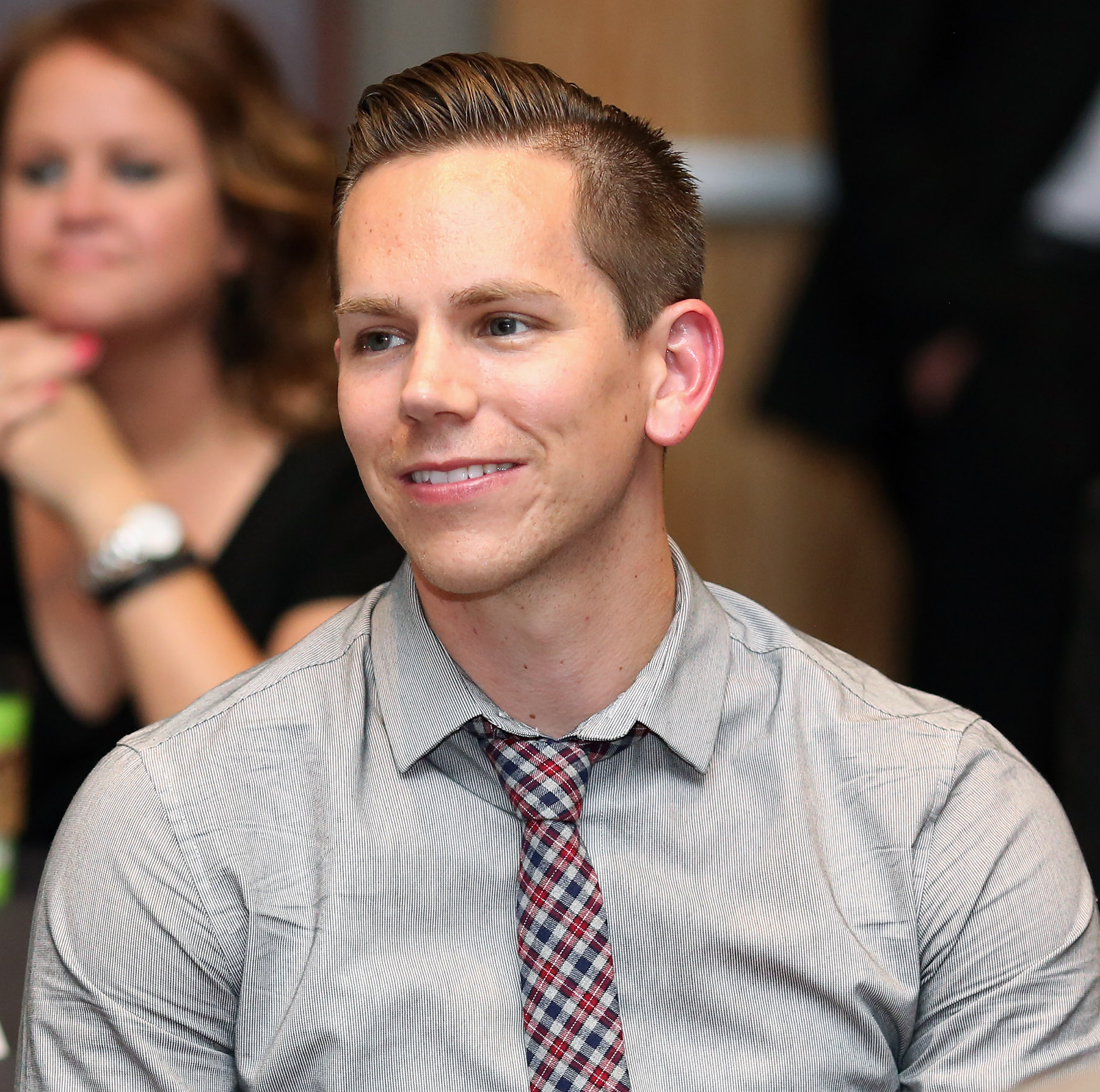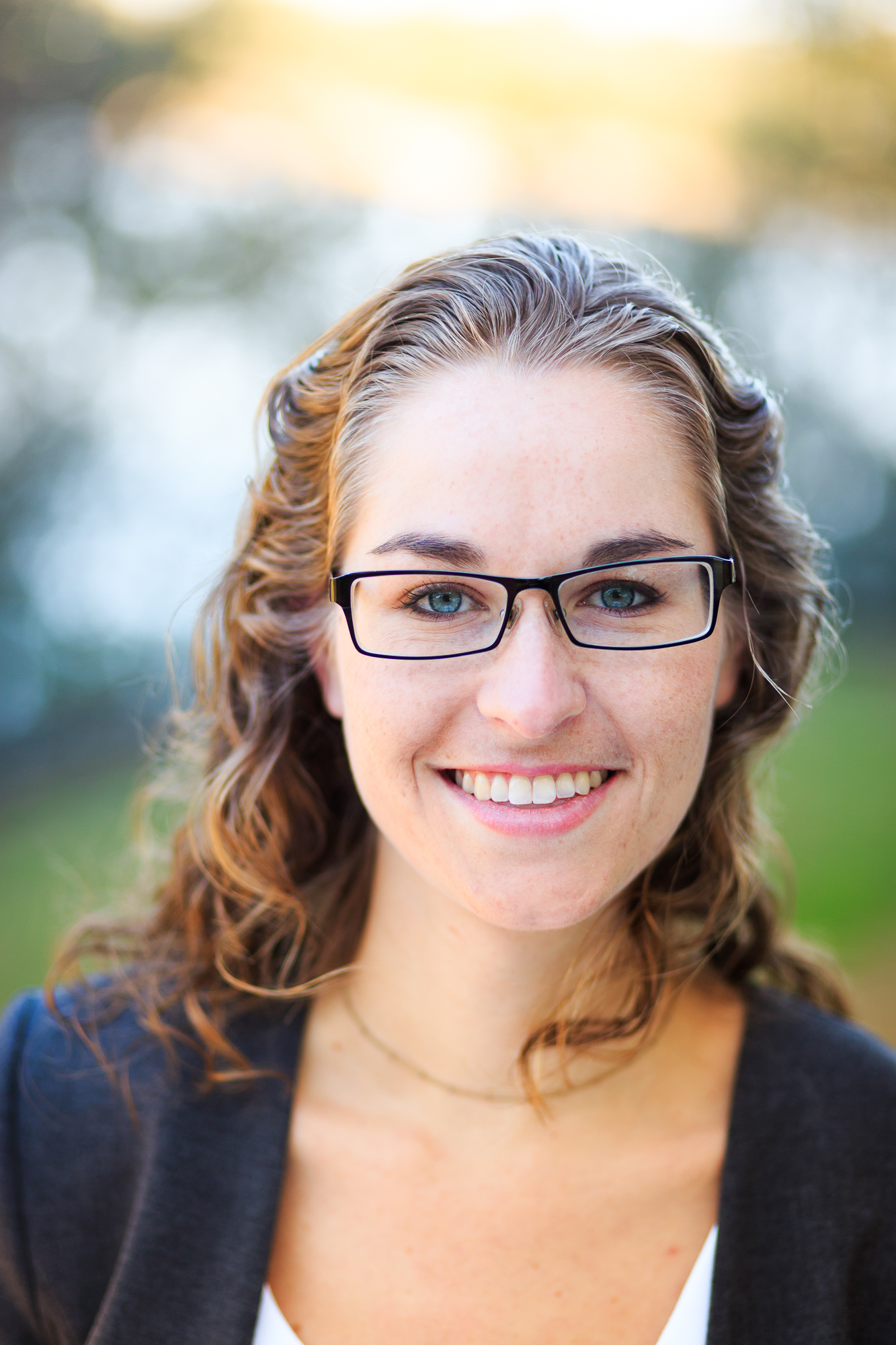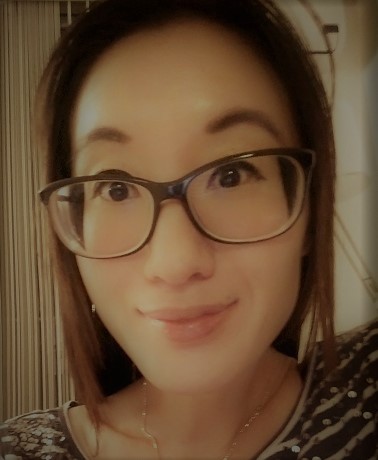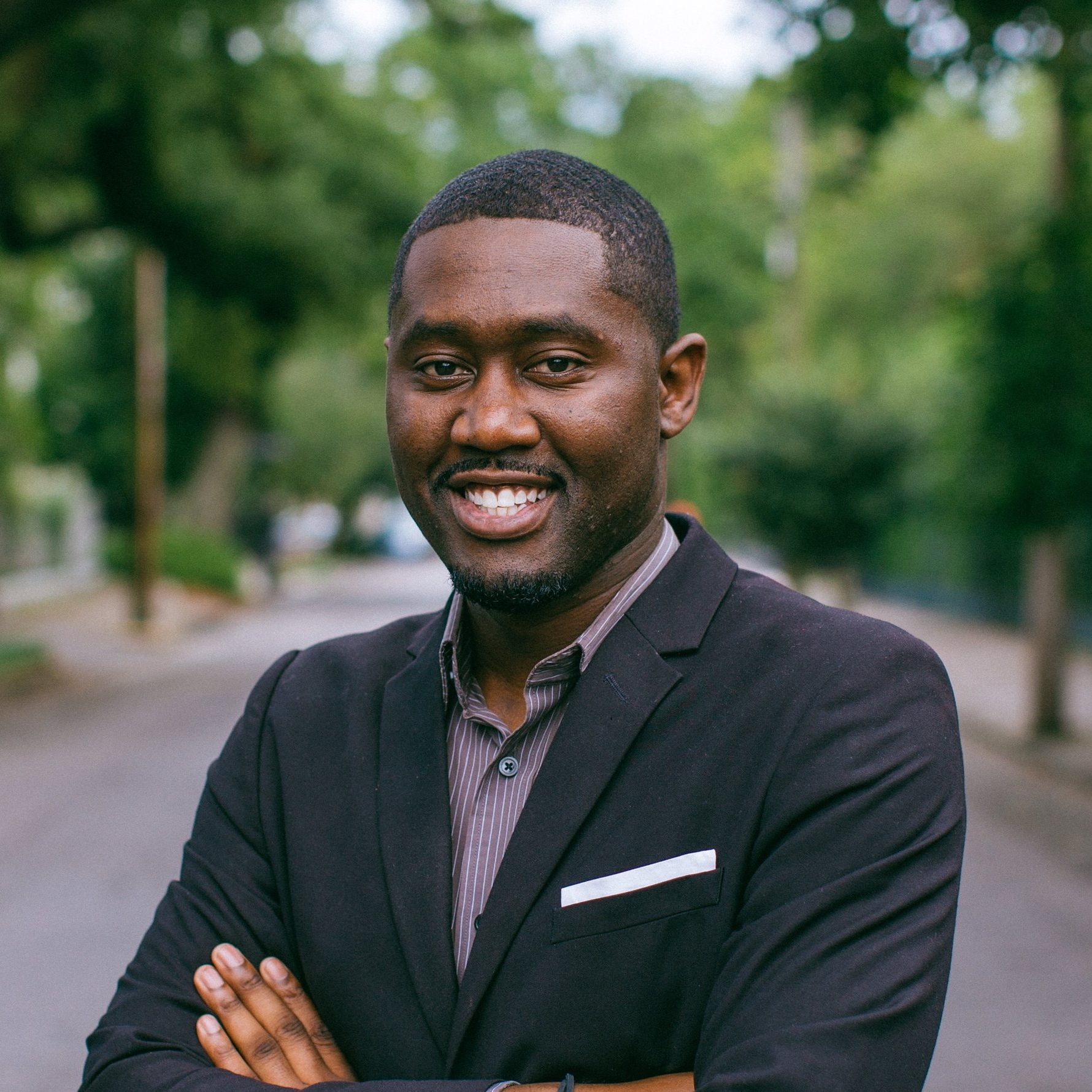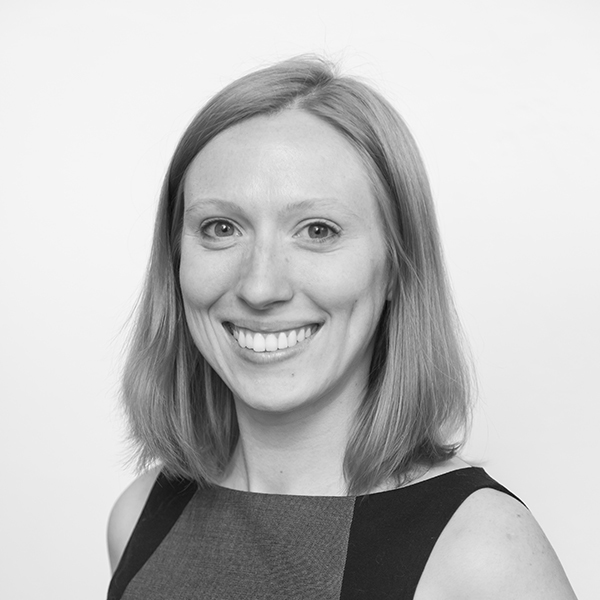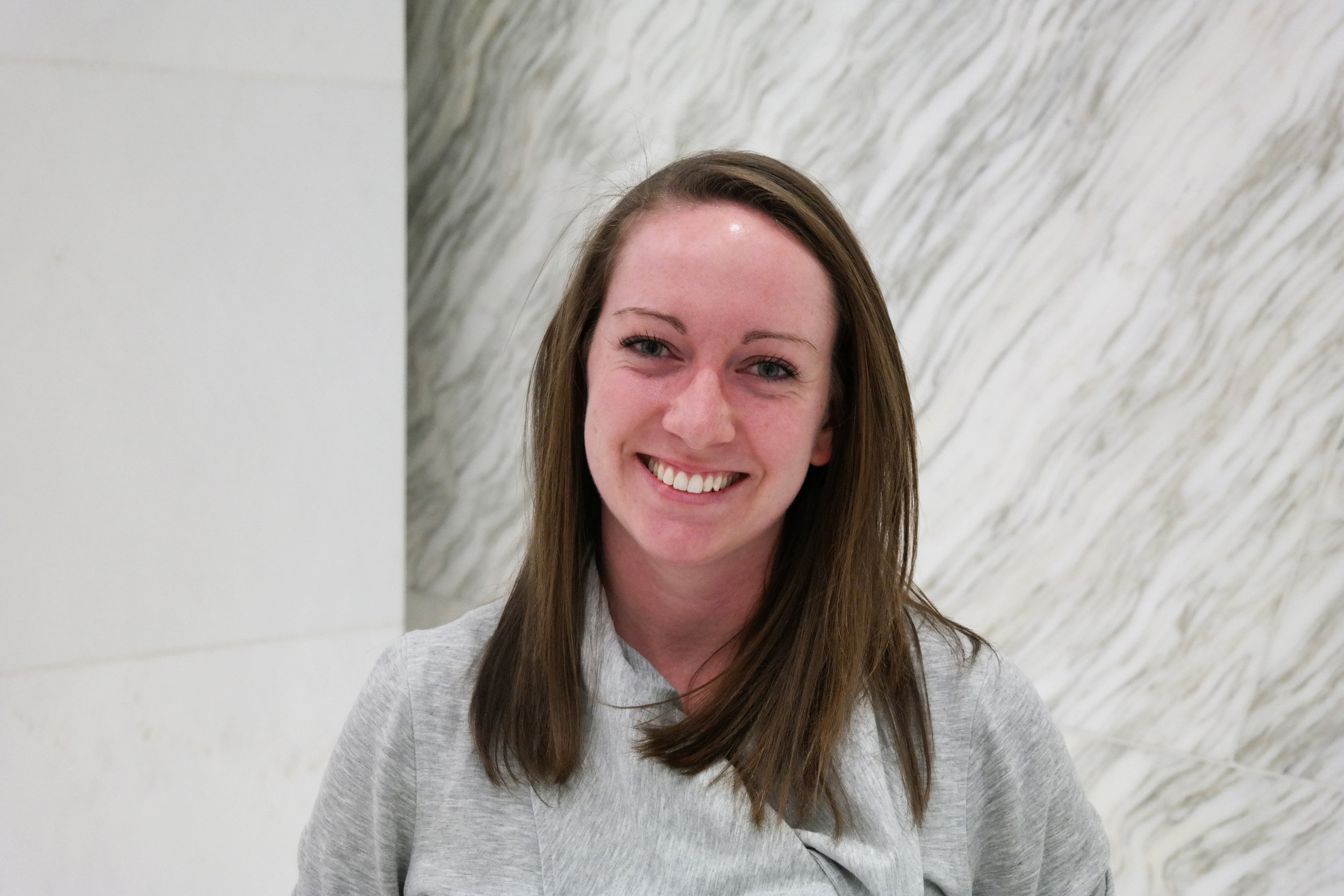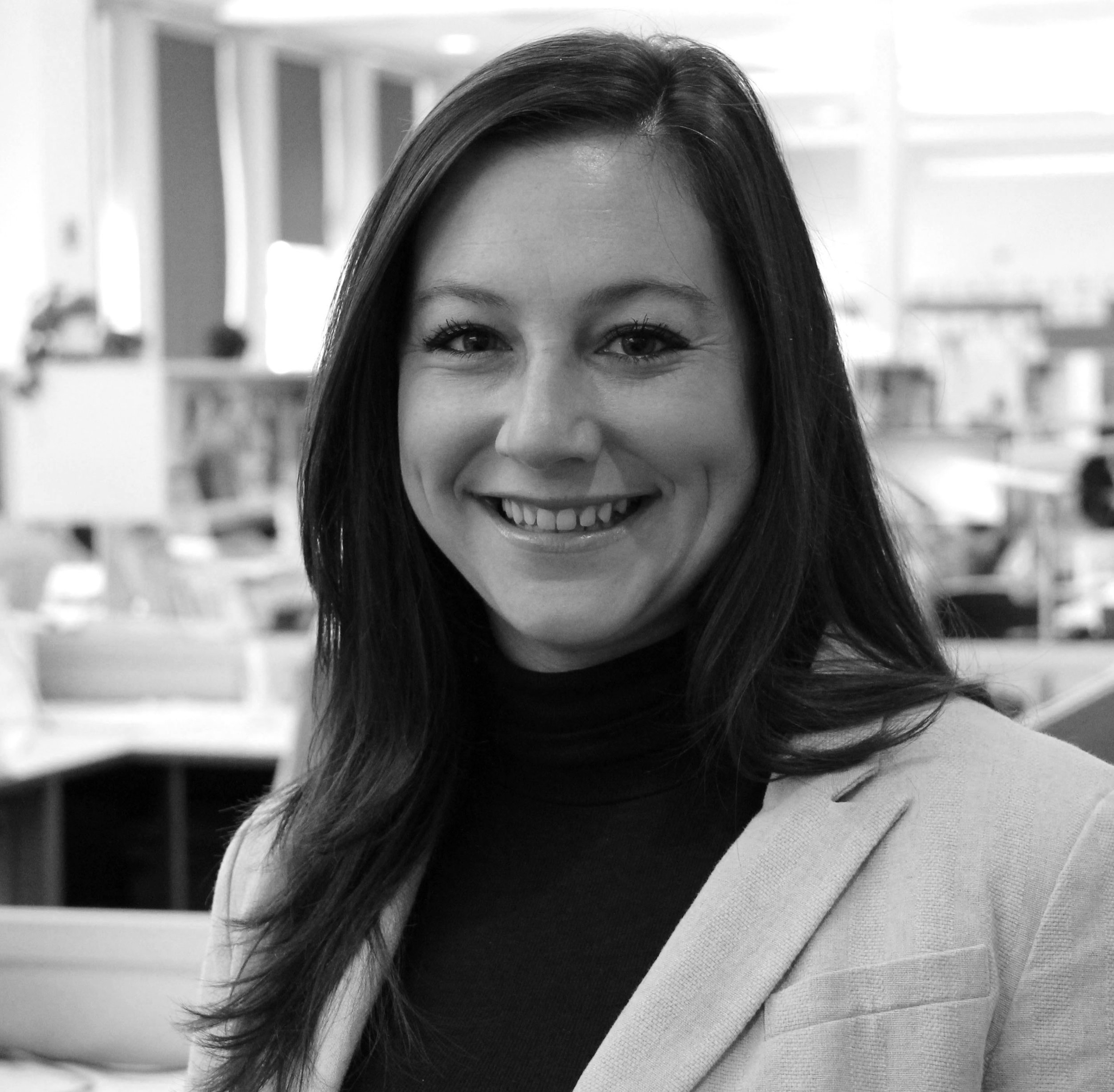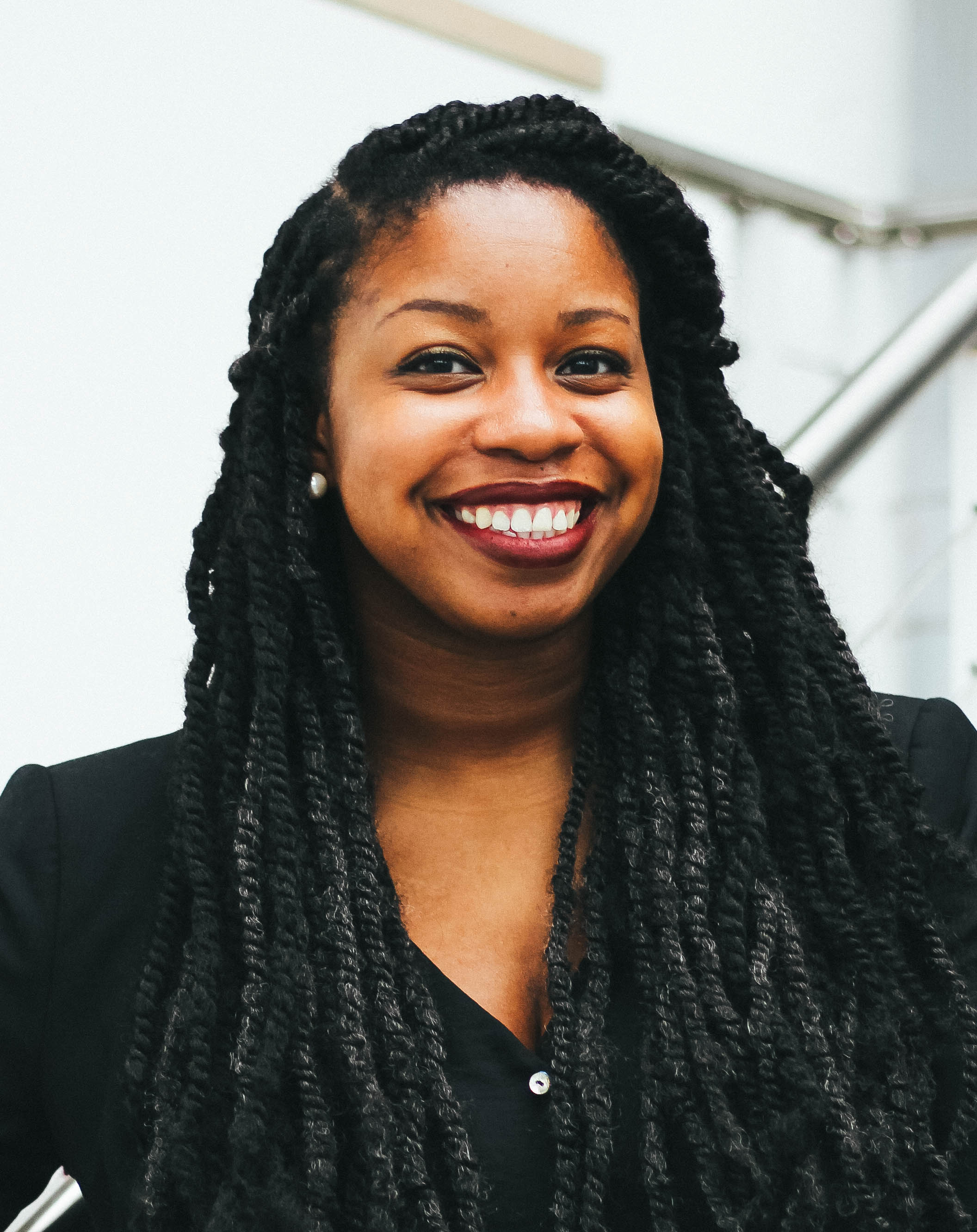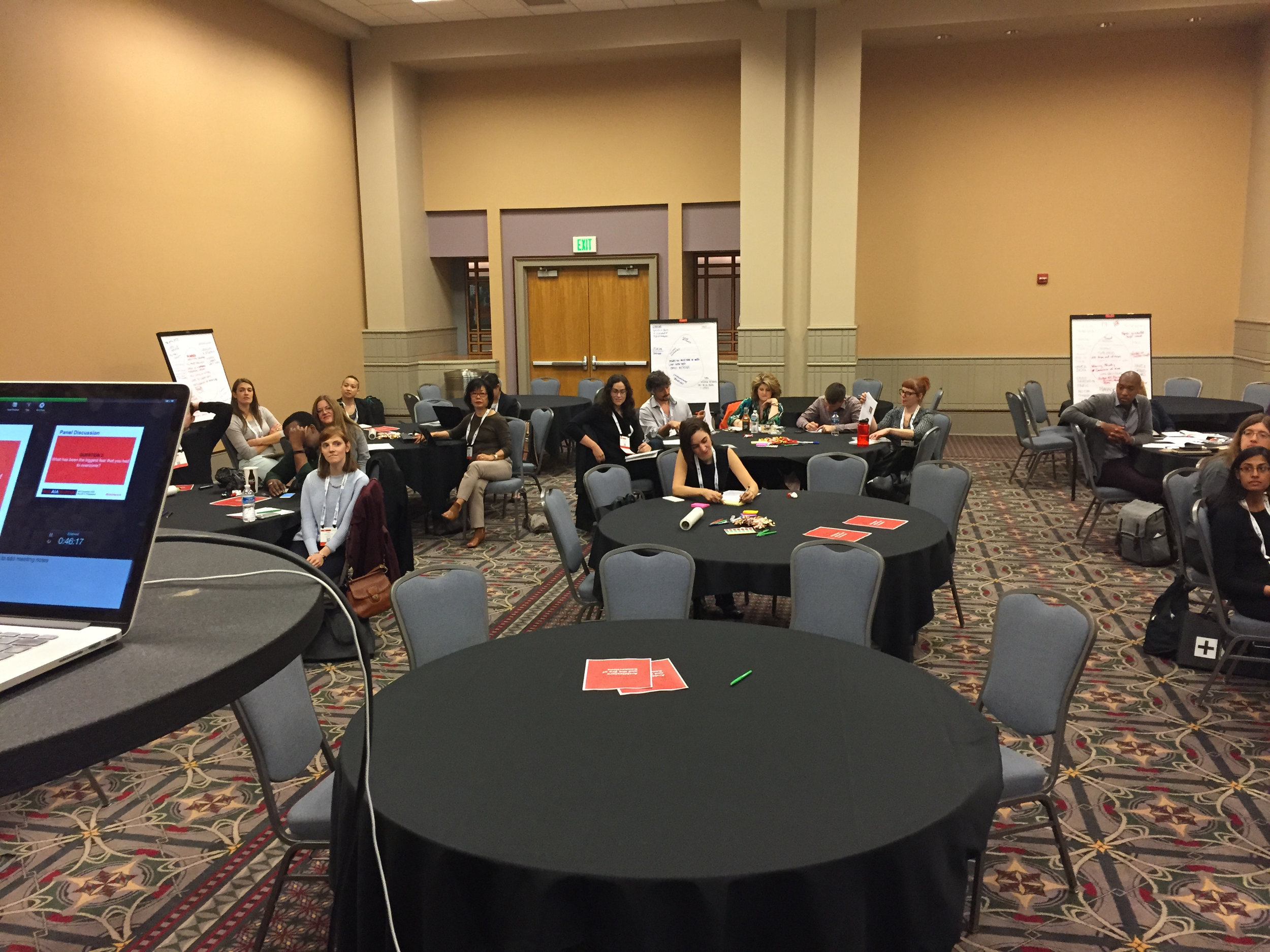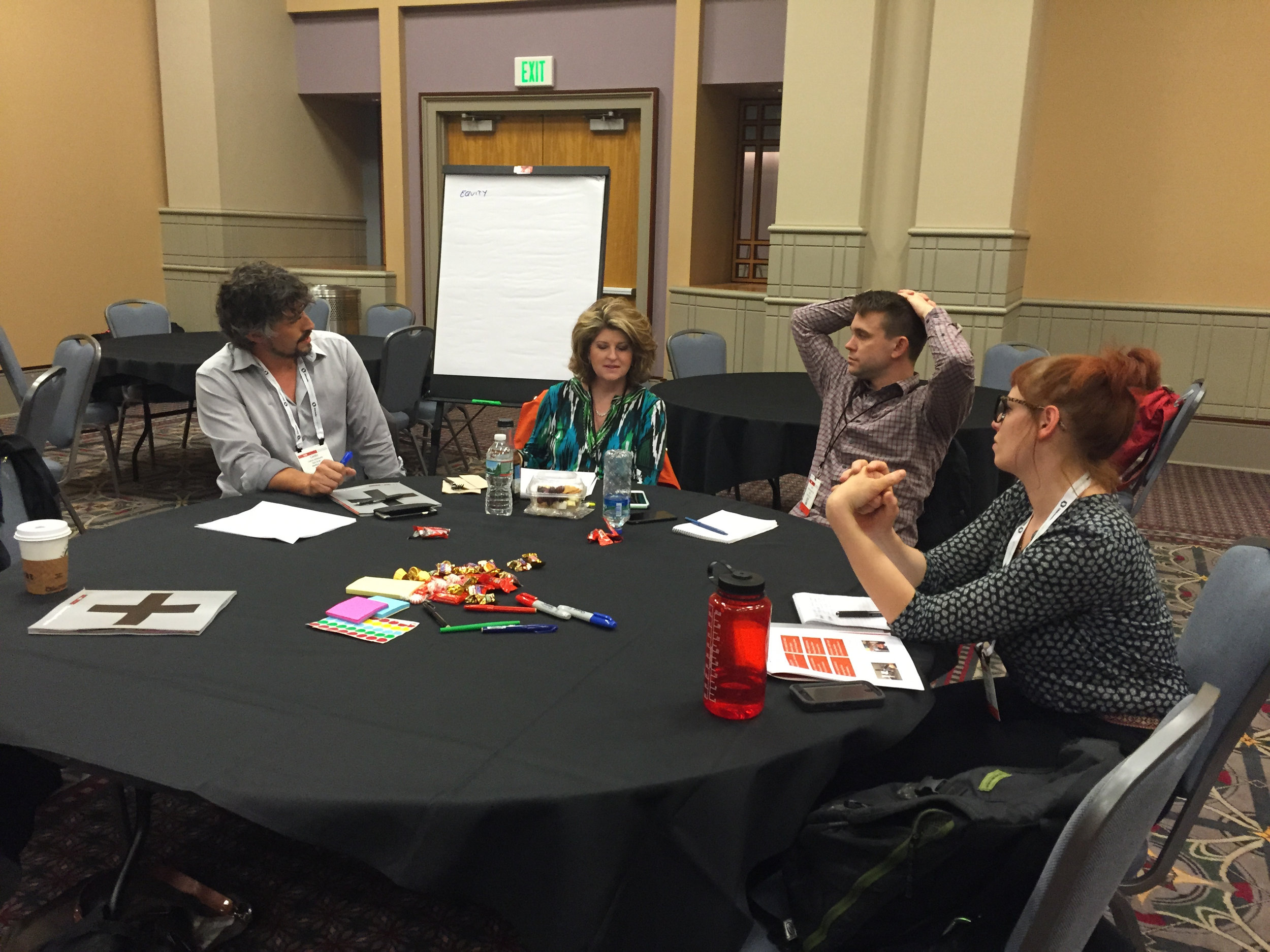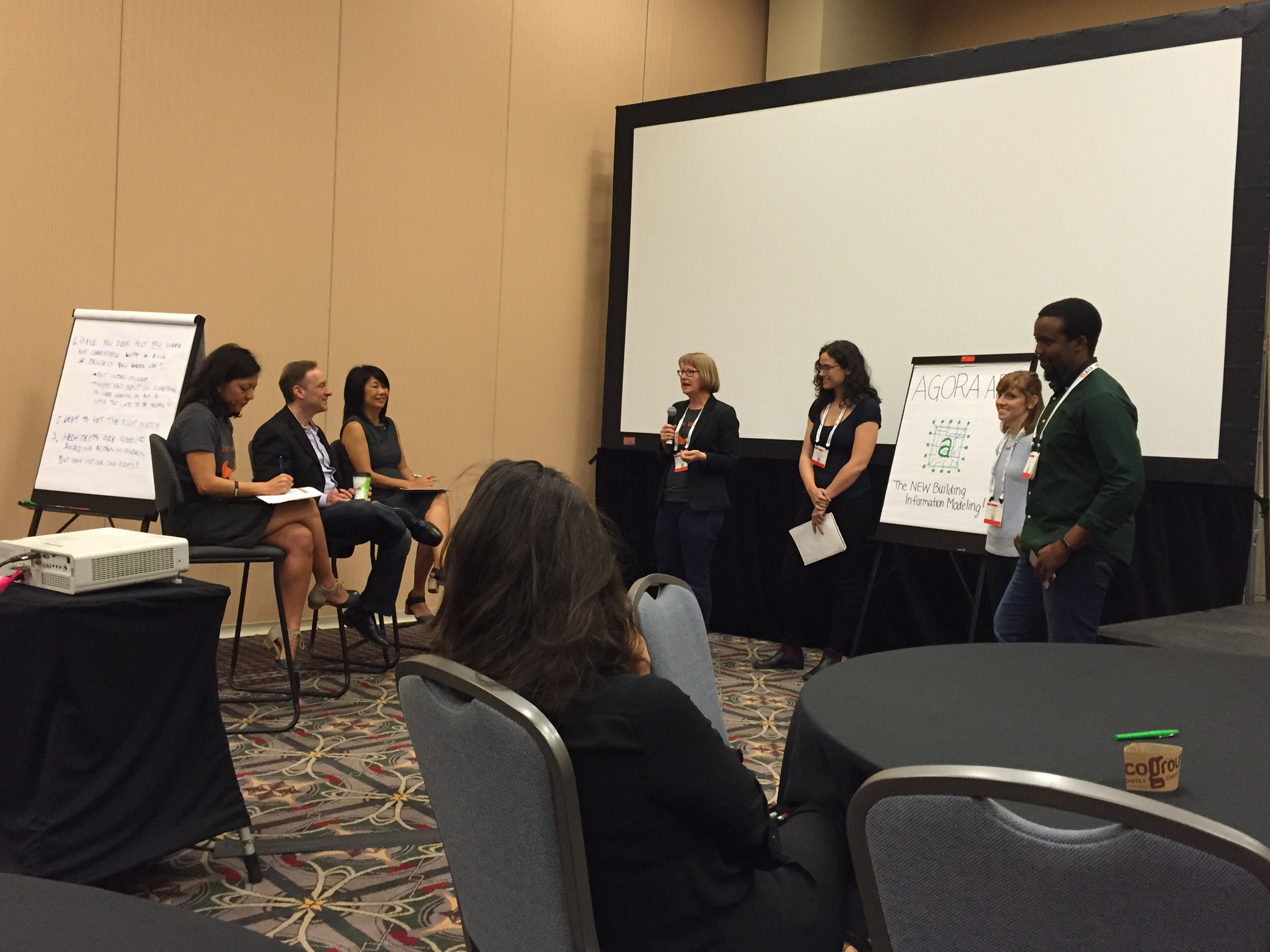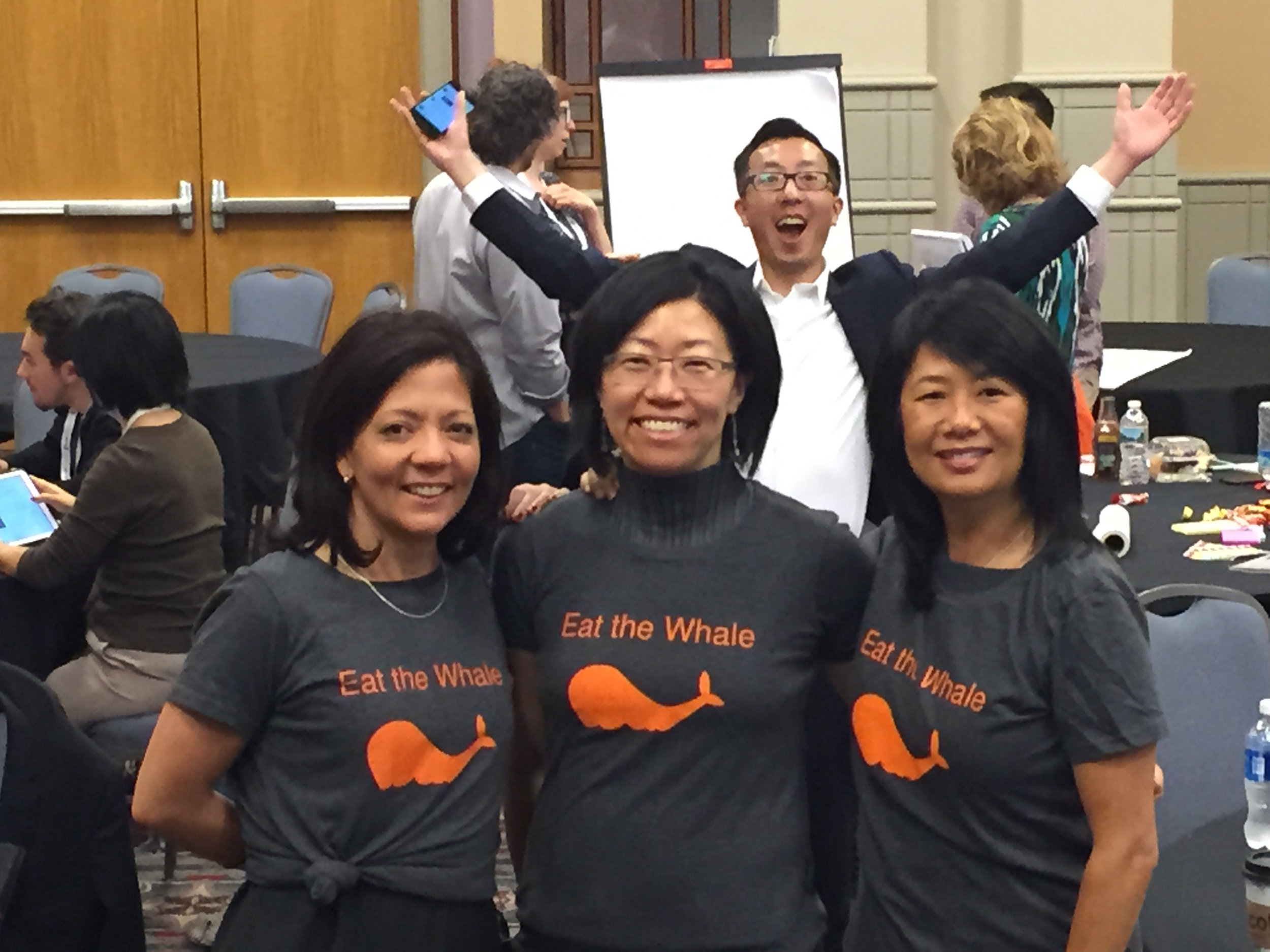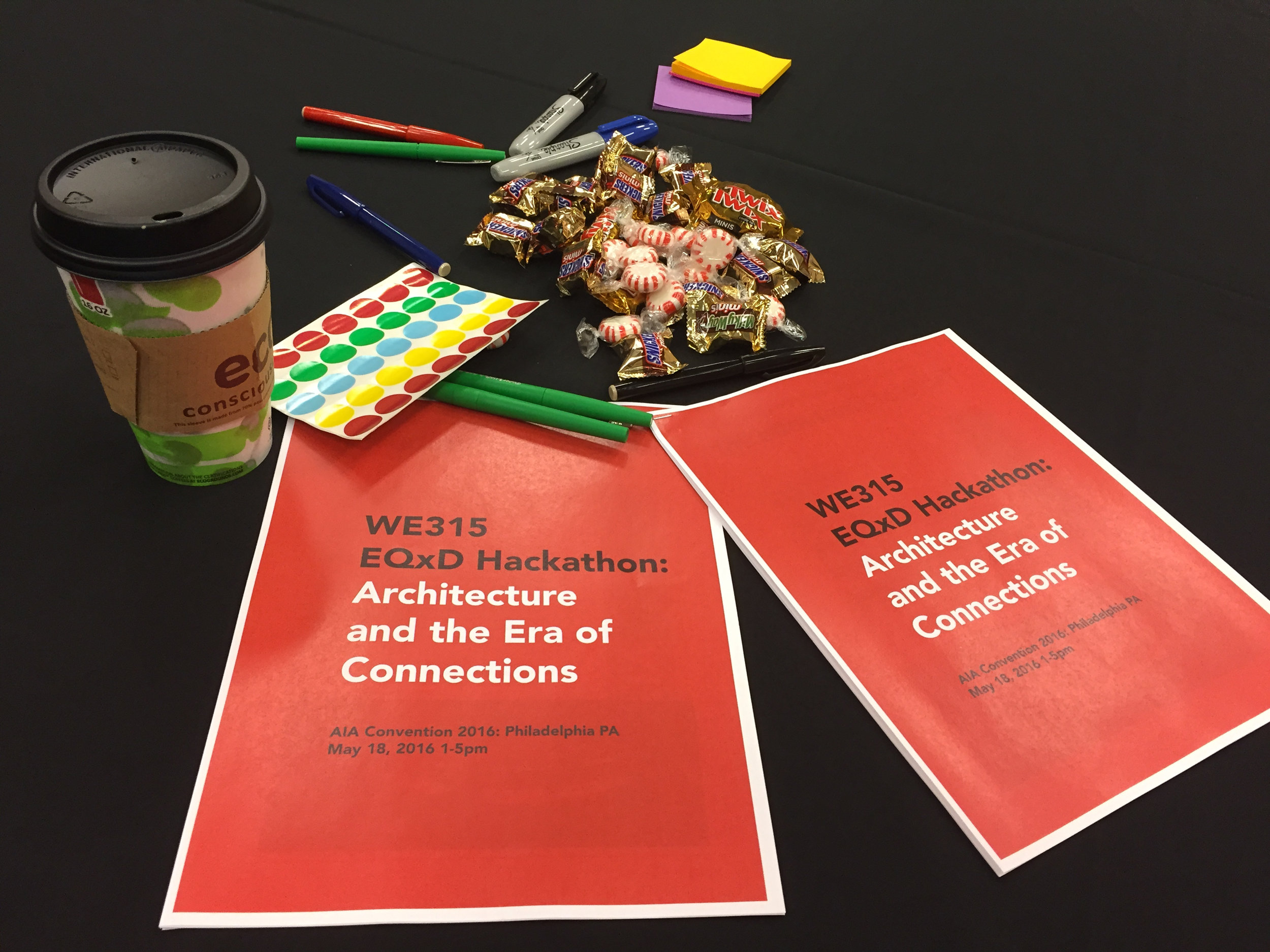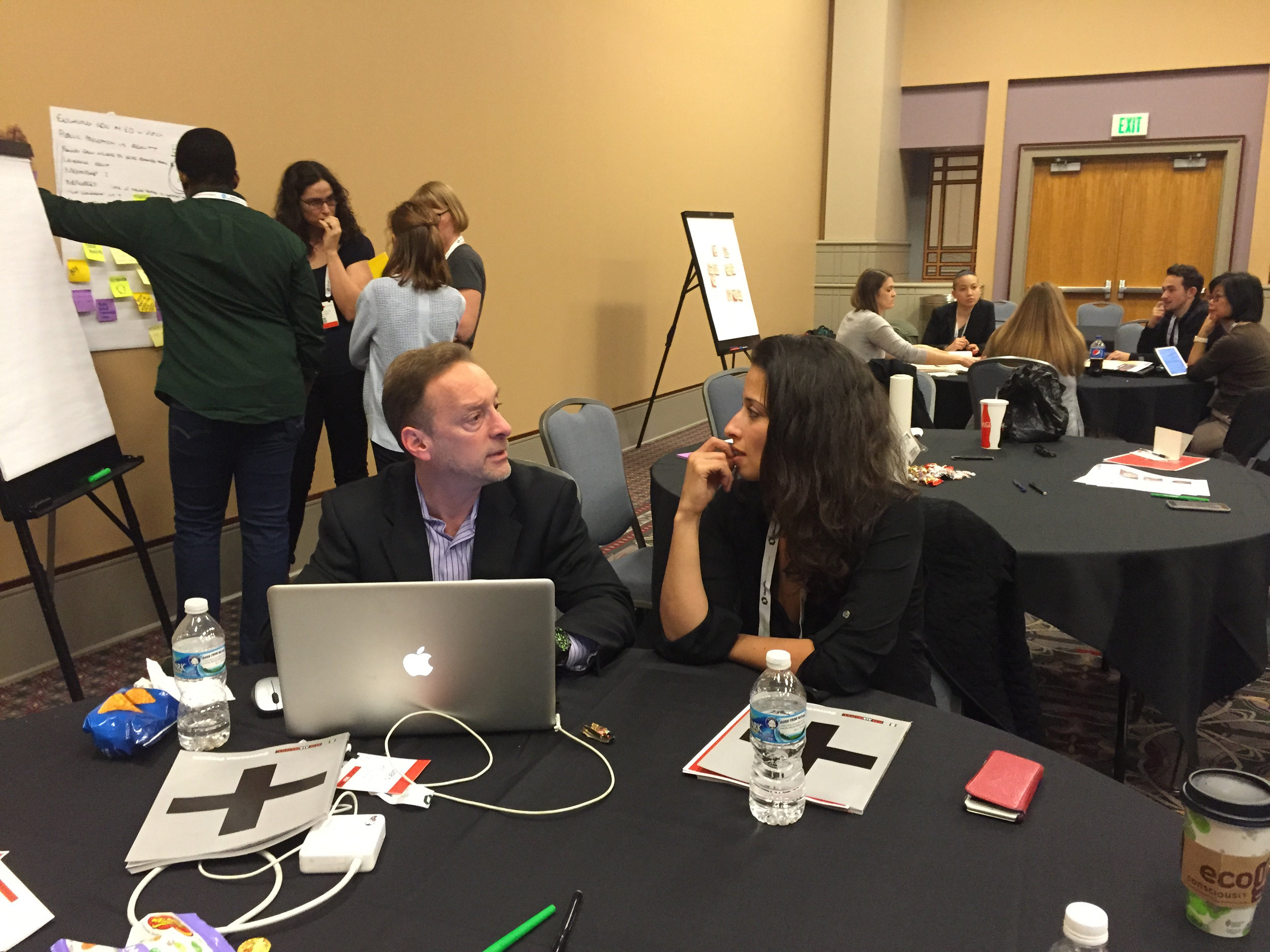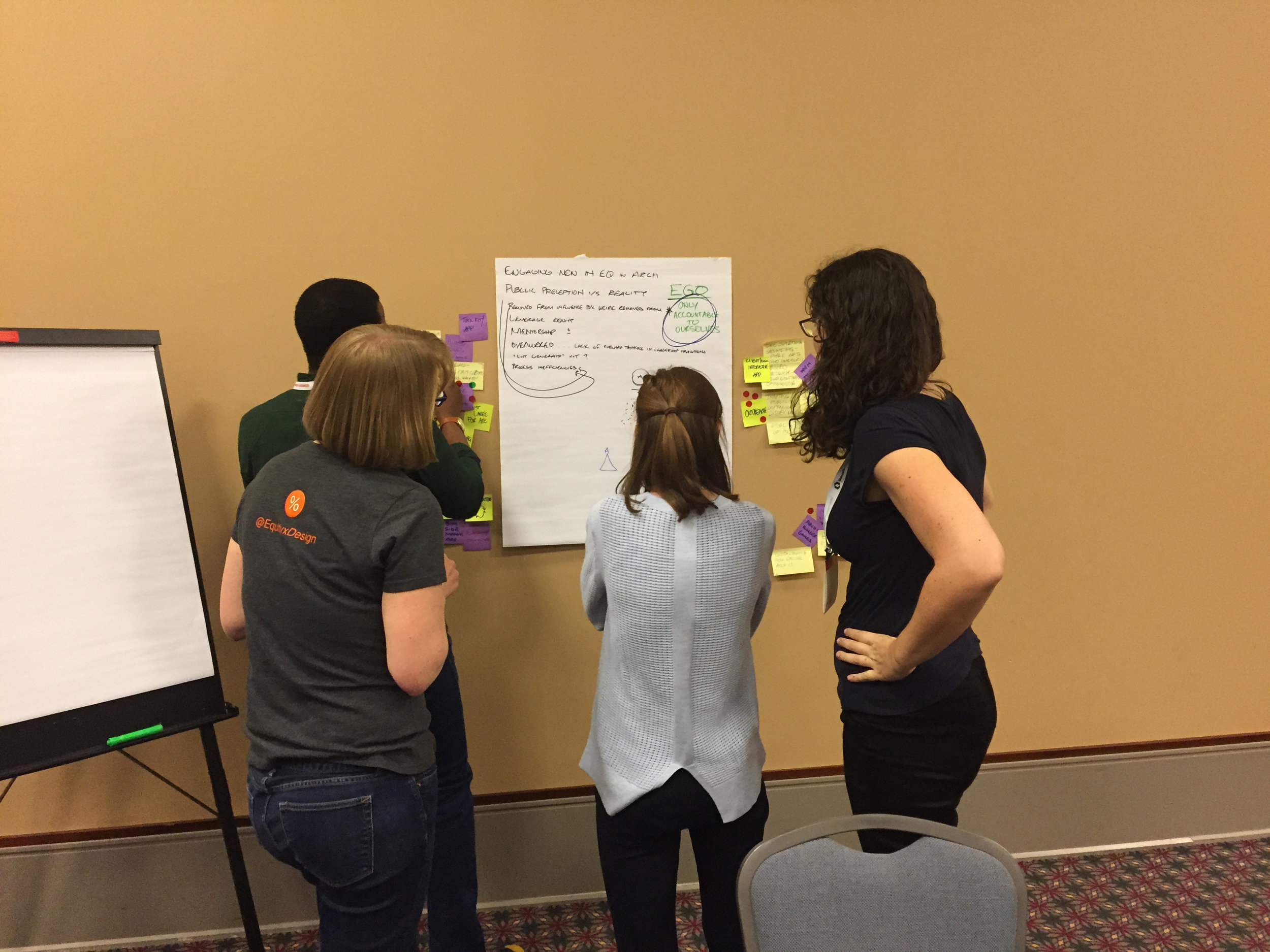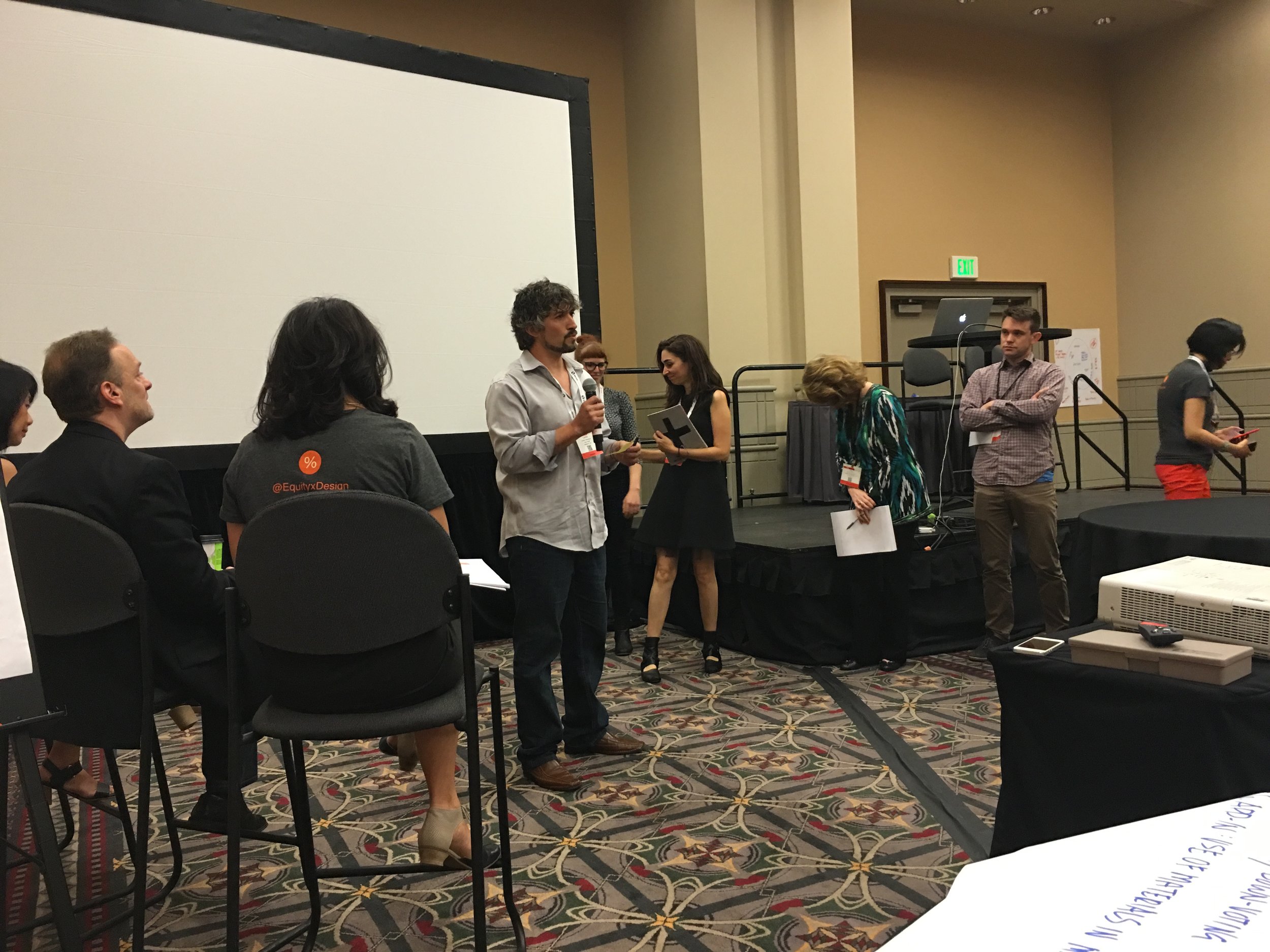Equity is the ethos of our work. It is the ability to recognize differences and provide fair access to opportunities. At this session, we'll review the results of the most comprehensive research on equity in architecture. You'll leave with strategies that promote equity via professional development and grassroots organizational change. As you'll see, it's in your firm's best interest.
Equitable practice promotes the recruitment and retention of the most diverse talent while also building stronger, successful, sustainable practices. Using findings from AIA San Francisco's (AIASF's) 2016 Equity in Architecture Survey, you'll develop targeted strategies for promoting equity at various career milestones.
EQxD CURATED COLLECTION
"There are too many seminars and I can't find the one's that I find meaningful or relevant to my career development."
To help solve this challenge last year, we also encouraged other members in our equity "tribe" to submit programs to address equitable practice. This year, to shorten your search, we went a step further, search through the ENTIRE schedule and expanded the EQxD Curated Collection of programs to those we viewed as having relevance to our larger discussion about equity's impact on design and the built environment. We are please to share our picks for A'17 if you have yet to decide on what you will attend.
(WE110) Creating Impact as a Citizen Architect
4/26/2017 8:00 AM - 12:00 PM (**Additional fee beyond general registration)
The impact architects can have on community leadership is immeasurable, from providing insight into community planning and architectural review to introducing and influencing critical legislation. This skills-based training workshop will help you become a better citizen architect through collaboration, innovation, and shared resources in a highly interactive setting. A powerful keynote on the "Impact of Public Dialogue as Citizen Architects" as well as a panel discussion and peer-to-peer breakout groups will inspire you to head back to your community and make substantial, effective contributions.
(TH107) Design for Well-being: Holistic Approaches to Homelessness
4/27/2017 7:00 AM - 8:00 AM
As US cities struggle to serve and house homeless individuals and families, San Francisco has led the way in providing innovative solutions. The architect's role is at the core of this effort, demonstrating design's impact in bringing about positive social change. Join us for this seminar to hear from representatives of the San Francisco Mayor's Office of Housing and Community Development, who will discuss progressive public policy strategies. Plus, Leddy Maytum Stacy Architects and David Baker Architects will share their award-winning design responses.
(TH109) Shaping Communities Through Design Review Committees
4/27/2017 7:00 AM - 8:00 AM
Whether you take a prominent place at the table or work quietly in the background, your role in shaping communities extends beyond any individual project. In this session, you'll explore the ins and outs of serving on design review committees, commissions, and boards.
AIA has long supported and celebrated the work of "citizen architects." Such positions, handled well, offer you the chance to connect with the community and promote your knowledge and expertise.
Join this discussion of best practices and learn how to secure opportunities for a rewarding experience.
(TH114) Reinventing Public Housing
4/27/2017 7:00 AM - 8:00 AM
The deplorable living conditions found in 22 San Francisco public housing developments are a consequence of neglected maintenance, a lack of supportive services, and flaws in design. The San Francisco Housing Authority's radical response—selling off its housing stock to private developers and housing providers—offers lessons and opportunities for architects and designers. Under the action taken through the U.S. Department of Housing and Urban Development's Rental Assistance Demonstration program, buyers will maintain the properties as permanent low-income housing. Join us for this seminar to examine the rehabilitation, redesign, and infill of basic community facilities necessary to support healthy community life.
4/27/2017 2:30 PM - 4:00 PM Room W304B
How does architecture impact the social fabric of our communities? How can architecture be a catalyst for solving community challenges, driving social change, or creating engagement and progress? How does equity in design impact communities? A high-powered panel of architects who are pushing the boundaries in these and other areas of social and cultural concern discuss how architecture and architects can affect the social structure of communities across the globe and have measurable and practical effects on the way we live and interact with society. Join Rosa Sheng, AIA who will moderate a Keynoter speakers and practitioners who are making positive change in their projects and practice.
(TH202) Blind Spots: Multisensory Placemaking for the Blind and Visually Impaired
4/27/2017 2:00 PM - 3:30 PM
How can we design delightful architecture that doesn't presume or privilege sight? What are best practices for design that appropriately address the visual and nonvisual needs of the blind and visually impaired? Explore how you can go beyond mere compliance with ADA codes to address the opportunities—not just the challenges—of the visually impaired. Using the new 40,000 GSF LightHouse for the Blind and Visually Impaired in San Francisco as an example, this session will address issues related to acoustics, lighting, and technology. You'll also explore general strategies for visual and non-visual design. While complying with ADA codes is necessary, you have the opportunity to produce designs that are not overtly adaptive or condescending. By attending this session, you'll discover how to give all users of your spaces—particularly the blind and visually impaired—a sense of delight.
(TH213) Architecture for a More Sustainable Africa
4/27/2017 2:00 PM - 3:30 PM
The human population explosion: crisis or opportunity? The numbers are stark, with two billion additional urban inhabitants expected by 2030. The fast-growing cities of Africa, Asia, and Latin America will feel the greatest impact. In this session, you'll see how architecture can improve the social, environmental, and economic well-being of these cities. You'll examine projects including Niger's Dandaji Library, a building with an adaptive reuse design featured in AIA's 2016 Emerging Professionals Exhibit. You'll also see architecture acting as a vehicle for sustainable development and prosperity when it emphasizes affordability, local materials, good governance, and community engagement. Join your colleagues for an inspiring discussion of architecture at its best, as we strive to build a better world for future generations.
(TH312) Women in Green and Why Diversity for Design Matters
4/27/2017 4:00 PM - 5:30 PM
This spring marks the 10-year anniversary of a pivotal publication: Women in Green: Voices of Sustainable Design. What did it tell us—and what have we learned in the years since? A decade ago, the study's authors explored how and why women were leading in sustainable design more than in the field generally. Now, we'll examine the status of diversity in design, the role of sustainability, and firms' efforts to build more-diverse practices that are relevant to the work of the future. Hear from one of the authors, other leaders in the field, and your own peers and colleagues as we discuss a topic that remains timely and relevant to all of our work.
(FR106) Engaging a Diverse Workforce: Supporting Employees Living with Disability
4/28/2017 7:00 AM - 8:00 AM
Our profession is at its best when it reflects society's full diversity. People with disabilities make up a significant percentage of our population and contribute to our field's innovation and success. Are firms taking the right steps to support these employees? In this seminar, you'll join a discussion about effective ways firms can promote inclusion and support differently-abled professionals . You'll hear from a panel of differently-abled colleagues, and learn how simple strategies like flexible schedules and attention to mobility issues can make a tremendous difference to your peers'—and your practice's—success.
(FR109) Designing Environments for Low Vision: Tools & Techniques
4/28/2017 7:00 AM - 8:00 AM
Low vision is becoming an increasingly prominent design concern in America—one that presents architects with opportunities and responsibilities. In this interactive session, you'll examine best practices and big failures, and even participate in some problem-solving, as you learn the latest tools and strategies. An architect, lighting engineer, and optometrist from the NIBS Low Vision Design Committee will share state-of-the-art techniques you can apply in your work. With low vision already affecting 17 million people in this country's aging population, your practice is sure to benefit from their insights.
(FR110) The Art of Community Engagement: Lessons from the Frontlines
4/28/2017 7:00 AM - 8:00 AM
Contentious public projects exist everywhere. The disgruntled citizen or outspoken neighborhood group can strike fear in the heart of clients that aren't prepared to confront conflict. As a design professional, you're charged with finding consensus among increasingly diverse user groups. What fundamental strategies can you employ to overcome stakeholder resistance and foster a deeper sense of trust and community cohesion? Join us for this panel discussion to learn about researching your community audience, finding the community champions, leveraging media, and other valuable tricks of the trade.
(FR112) What Architects Need to Know About Disasters and Risk Reduction
4/28/2017 7:00 AM - 8:00 AM
Why do buildings fail during natural disasters and what will the future of architecture look like in the face of increasing risk? After 10 years of disaster response and recovery nationwide, the AIA Disaster Assistance Program is sharing emerging research and personal lessons from the third edition of the AIA Handbook for Disaster Assistance. Join us for this seminar to hear from those who've seen first-hand why buildings fail, how risk is increasing, the impacts of land use and building codes, and more. Stories from the field will convey a changing landscape for the practice—the impact of natural hazards and the pitfalls and opportunities in practice and community engagement.
(FR319) Relieving the Stress of Pediatric Emergency Care
4/28/2017 3:30 PM - 4:30 PM
A trip to the emergency room is stressful for anyone, particularly children. How can architects help ease a child's mind by making the experience less tense and chaotic? One firm found a way, partnering with a health care institution and its Family Advisory Council for an innovative pro bono project. The result? An interactive multimedia tool that helps familiarize kids with the hospital environment. Join us to hear how the participants stretched their skills to enhance and promote well-being among our community's most vulnerable members—and consider how you might do the same.
(FR406) Improving the City: Designing an Active Streetscape in Affordable Housing
4/28/2017 5:00 PM - 6:00 PM
What's one of the more significant opportunities overlooked in the design of high-density, affordable housing? It's staring us in the face—right there on the ground floor. The commercial ground floor can make a big difference in creating vibrant neighborhoods that serve residents, businesses, and cities. In this seminar, a cross-disciplinary team of architects and engineers will present key findings of their work with the NYC Department of Housing Preservation and Development along with the Design Trust for Public Spaces. With this conversation, you'll hear directly from the team and client behind the newly published "Design Guidelines for Ground Floor Retail." Take a front-row seat and learn to put their tools to work for you
(SA106) Engage, Train, and Retain: Cultivating Leaders
4/29/2017 7:00 AM - 8:00 AM
Nurturing new talent is crucial to a firm's long-term success. How do you retain that talent and develop emerging professionals into AEC industry leaders? In this session, you'll hear from colleagues with a proven record of success. Join us to analyze how three programs—representing architecture, engineering, and construction firms—elevate emerging professionals and collaborate across the AEC industry. Through case studies and candid conversations, you'll learn very specific strategies for building a leadership culture that meets the changing needs of new talent in your firm's specific setting.
